Subaru Forester review and buyer's guide
The new soft-roading Subaru Forester now offers a proper hybrid all-wheel drive that packs more punch. Forester is one of the safest, most practical and reliable SUVs on sale today and retains its strong value as an adventurous, capable and popular five-seater. Here’s what you need to know…
Every day, I save ordinary Australian car buyers like you thousands of dollars off mainstream vehicles like the Subaru Forester. There’s no obligation. You don’t have to go face-to-face with a car salesman. It’s easy, and it works. Click the link above, and fill in the form. That’s all it takes.
- John Cadogan
The new Subaru Forester is such a capable, functional and useful tool in so many family driving scenarios it’s understandable that this compelling package is still the brand’s best-selling model.
While this is the 6th generation of Forester that does maintain itself as useful family transport with its a wide array of abilities that leave other notionally soft-roading SUVs in the dust, figuratively speaking, the medium SUV landscape is changing rapidly in Australia.
There are more players in this game and that means even more choice for consumers like you, making it harder for Subaru Forester to stand out and offer you a compelling reason to buy it.
With more than 20 other models to choose from, how can you possibly know if Forester will work for you? This report aims to help you make an informed choice on your next new medium SUV.
Subaru Forester is the quintessential SUV; it started the whole Sports Utility Vehicle thing. But in the last few years, Subaru has struggled for relevance as everybody else was introducing their first hybrid medium SUVs like Hyundai Tucson and Kia Sportage, the Outlander got its second-generation Outlander plug-in hybrid, there is of course the Toyota RAV4 hybrid.
Then there’s been the arrival of multiple Chinese brands with their own versions offering extremely good-value hybrids such as MG, Haval and now the likes of Jaecoo J7, all of which are pretty decent quality.
But Subaru Forester got its first so-called hybrid back in 2020 and it was an absolute joke. It was such a laughable attempt it set the whole platform back years, because nobody bought them, because it was such a cynical technical undertaking. Abject failure to do anything meaningful with the hybrid system meant people shopped elsewhere and the plain old Forester even got updated and still couldn’t get any substantial grip on the medium SUV segment.
Here’s how sales have trended for Subaru Forester since the arrival of the fifth generation in 2018-2019.
Subaru Forester annual sales in Australia
Now, obviously, Subaru had big supply issues coming out of 2020-21,. which flowed into 2022 before a surge in sales in 2023. But 2024 was another year down in sales, and in 2025 there are updated versions of Sportage, Tucson and Outlander, as well as a major facelift for the Mazda CX-5, there’s also an updated RAV4 coming as well.
And then there’s, again, the Chinese brands which have brought hybrid powertrains to the market at ridiculously affordable prices - the only issue there being those models’ respective longevity which is something of an unknown, for now.
The new ‘SL’ series Forester retains the reliable and well-known 2.5-litre FB-series naturally aspirated 4-cylinder Boxer engine. This is a good thing because it screams ‘reliability’.
It is now available as a series-parallel hybrid, much like the previous version, but what remains to be seen is whether Subaru will summon up the fortitude to finally offer a turbocharged Forster ‘XT’ again, using the same WRX engine used in the Outback XT.
(Hint: the early signs look good because it does look like the rear bumper assembly is designed to accommodate a second muffler, which is typical of the last turbocharged XT in the SJ generation).
While the Subaru brand might be a little on the dull side these days, the Forester still has plenty of equipment that will rival other midsize SUVs like the Kia Sportage, Hyundai Tucson, Mitsubishi Outlander, Mazda CX-5 and Toyota RAV4. But it is also the first permanent mechanical all-wheel drive hybrid on the market.
That might seem like a niche, but it’s actually the headline distnguishing feature that makes it stand out from the crowd. They’ve got a reliable, known engine, with an innovative new transmission designed to supply drive from the hybrid system directly to the rear driveshaft to offer that constant all-wheel drive in all conditions.
This is unlike Toyota RAV4 or which uses motors on the rear wheels in an on-demand configuration that waits to detect wheelspin or hight throttle inputs, or Hyundai Tucson or Kia Sportage which vary how much drive goes to the rear (in addition to the constant front-drive configuration). Mitsubishi Outlander only offers plug-in hybrid at this stage with no clear sign of a series-parallel hybrid on the horizon thanks to the Nissan-Renault alliance (that includes Mitsubishi) struggling to innovate these days.
In a medium SUV market like ours, where Kia and Hyundai have got the stylish, futuristic front grille and a very smooth hybrid AWD system that increases their Sportage and Tucson’s performance capabilities, Forester is still using the same 2.5 we’ve seen for donkey’s years in their combustion-only Forester, which is okay.
But the fact they’ve chosen to ditch the 2-litre unit they paired with the last Forester hybrid shemozzle shows that they are at least listening to consumer feedback.
Toyota RAV4 is the market leader for midsize hybrid SUVs, and it’s regularly in hot competition with Mitsubishi Outlander on pure value thanks to having those trick row-3 seats for self-invited kids. And of course, Mazda CX-5 has the timeless exterior design and the best interior design, as well as the performance powertrain option thanks to their venerable 2.5 turbo-petrol engine.
Then there’s the Chinese brands coming swift and fast at all Japanese and Korean brands, offering bold new designs inside and out, with gut-wrenching pricing (for the established brands) and build quality that will probably surpass the Japanese brands in one more generation’s time.
It needs to be said the Forester did lose its performance edge a couple of iterations ago when they dropped the turbo model, but this new hybrid version looks set to change that story arc. Losing the Forester XT really only affected enthusiasts, albeit a fairly large portion of Subaru’s hardcore fanbase. To scald Subaru for this alone is to ignore the rest of this vehicle which makes it great as a family-focussed, go-almost-anywhere SUV - a Sports Utility Vehicle in the truest sense.
There are 24 options for a medium SUV in Australia today and every model bought from another brand is not a Subaru Forester going to a new home. So this new Forester needs to lift its game in a market swimming with consumer choice and plenty of bargains. Let’s see how it goes, shall we?
The new Forester range gets the same dual-pinion electronic power steering rack as the WRX, and is anticipated to see the return of the Forester XT with the same turbocharged powertrain as the Outback XT and WRX - finally. Handling is expected to be noticeably better thanks to a 10 per cent stiffer chassis.
But despite the sales success of the ‘Wilderness’ versions of both Outback and Forester in North America in recent years, it’s unlikely Australia will receive the same soft-roading upgrades that include all-terrain tyres and raised suspension. This is most likely due to Australia’s low sales volumes (comparatively) and the added cost to bring those changes to our small RHD market.
Subaru claims the cabin will be quieter thanks to sound deadening of the roof, and at least in the ‘Touring’ top-spec in North America, Forester finally gets ventilated (cooled) seats. Let’s see if they make it to Australia…
The Forester hybrids now get the 2.5-litre Boxer engine instead of the gutless 2-litre version used in the outgoing model, which means its probably going to be a net performance gain to choose the hybrid - unlike last time.
The battery pack is a 1.1kWh unit with an 88kW electric motor. That’s a motor seven times more powerful than the 12kW job in the old Forester hybrid, which is a welcome improvement.
Other new additions will be a more aerodynamic front end that includes trailing edge front wheel well vents for reducing turbulence, a new interior design, a wider field of view and faster processing for the EyeSight safety camera system, as well as a 360-degree camera system. Tyre pressure monitoring and reverse emergency braking are likely to be standard on all model grades.
Ground clearance will remain the usual high benchmark of 220mm with a 2669mm wheelbase to rival some large SUVs, while only increasing in total length by 16mm.
Expect the typical price increases for the sixth-generation Forester and the usual runout sales for the outgoing Forester toward the end of 2024 and early 2025 as dealers attempt to clear stock ahead of the new arrival.
Don’t be surprised if this all turns out to be speculation and we don’t see it until the second half of 2025 - Australia is typically a year behind the US market when it comes to new Subarus arriving.
FEATURES & PRICING
The new Forester has a range with four easy steps and spans about $8000 from the bottom to the top.
The value proposition across the range is solid - in fact pricing has remained steady over recent years, which is unlike much else these days. But you have to realise that base model Forester is better than base models of the others because it effectively already has the ‘premium’ engine (compared with the two-litre entry engine in a Tucson, Sportage and CX-5, for example).
Forester already has AWD, too, and the others are 2WD in the base models. Base model manuals are basically dead now, so you don’t have to deliberate over that anymore, and in others the full safety suite is typically higher up the range, but it’s all standard in the Forester.
The big-ticket features like autonomous emergency braking, adaptive cruise, reversing camera, rear cross-traffic, blind-sport monitoring, lane departure warning and lane-keeping, tyre pressure monitoring - it’s certainly a works-burger base model.
You have to remember value is not just low price. It’s what you get for what you spend.
Forester 2.5i
$49,000 driveaway approx. | petrol-only
$52,000 driveaway approx. | hybrid
standard features include:
DRIVING
Auto Stop Start
Smart key and push-start ignition
Subaru Intelligent Drive (SI-Drive) with two modes (Intelligent and Sport)
X-Mode with hill descent control
Vehicle Dynamics Control System (VDC)
Tyre Pressure Monitoring System (TPMS)
Nine SRS airbags – dual front, dual front side, dual curtain, driver’s knee, far side, and front passenger seat cushion
EyeSight® Driver Assist system featuring:
Adaptive Cruise Control
Emergency Driving Stop System (NEW Subaru feature this year)
Emergency Lane Keep Assist; Lane centring, departure, sway
Lead Vehicle Start Alert
Pre-Collision Braking, throttle cut
Autonomous Emergency Steering
Brake Light Recognition
Intelligent Speed Limiter
Speed Limiter
Speed & Traffic Sign Recognition
Wide-angle Monocular Camera with wider field of view
Subaru Vision Assist featuring:
Adaptive Driving Beam (ADB)
Blind Sport Monitor (BSM)
EyeSight® Assist Monitor
Front Side Radar
Front View Monitor (FVM)
Lane Change Assist (LCA)
Panoramic 360 Degree View Monitor
Rear Cross Traffic Alert (RCTA)
Rear parking sensors
Reverse Automatic Braking
Side View Monitor (SVM) – Passenger and driver side
Driver Monitoring System – Driver Focus featuring:
Distraction & drowsiness warning
Facial recognition
Climate control setting (last used)
MFD display (last used), MID display (last used)
EXTERIOR
18-inch gloss finish alloy wheels (new design)
Dusk-sensing self-levelling LED headlights with auto off
Door mirrors – heated & power-folding
Front cornering lamps
Front and rear wipers with front de-icer
Front LED fog lights
Rear LED fog light
Roof rails - ladder style
Rear spoiler
Steering Responsive Headlights (SRH)
INTERIOR
Cloth seat trim
Dual-zone, climate-control air-conditioning with rear vents
Leather steering wheel – silver stitching
Auto-dimming rear-view mirror
Heated seats – driver and front passenger
One-touch electronic folding rear seats
60/40 split folding rear seats
Central information display with 11.6-inch touchscreen
Wireless Apple CarPlay® and Android Auto™ connectivity
USB ports - USB-A and USB-C connection (front and rear)
Wireless Qi charger
6-speaker audio
Multi-Information Display Unit featuring 4.2-inch LCD screen
Forester Premium
$52,000 driveaway approx. | petrol-onnly
$54,000 driveaway approx. | hybrid
features added:
EXTERIOR
Door mirrors – auto-dipping (passenger side) and auto-folding with position memory
Hands-free kick sensor powered tailgate
INTERIOR
8-way power seat with lumbar support - driver
8-way power front passenger seat
Dual seat memory positions - driver
DRIVING
Satellite Navigation
Driver Monitoring System – Driver Focus featuring
Auto-door mirror adjustment
Auto driver seat adjustment
Forester Sport
$54,000 driveaway approx. | petrol-only
$60,800 driveaway approx. | hybrid
features added:
EXTERIOR
18-inch alloy wheels (Dark metallic finish)
19-inch alloy wheels (Bronze finish) - hybrid
Electric sunroof
Exterior grade badge
INTERIOR
Water repellent in grey & black seat trim
Premium style instrument cluster
Leather steering wheel – green stitching
DRIVING
Dual X-Mode
Multi-Information Display Unit features navigation summary display
Forester Touring
$56,700 driveaway approx. | petrol-only
$62,000 driveaway approx. | hybrid
features include:
EXTERIOR
Slimline roof rails
INTERIOR
Leather accented and Ultrasuede seat trim
Leather gear shift
Leather steering wheel – brown stitching
Ventilated front seats
10 Harman Kardon® speakers, subwoofer and amplifier
ENGINE
Subaru North America says this new Forester hybrid combines:
“legendary off-road capability with up to 40% better fuel efficiency compared to its non-hybrid counterparts”
Let’s just unpack that for a moment. and start by recognising that the Forester, if you’re unfamiliar, is not an off-road vehicle. It is primarily an on-road SUV with light-duty “soft-roading” capability. It’s fine for dusty gravel roads into campgrounds and taking to the snow etc. It absolutely should not be used in anything that requires a low-range gearbox.
Secondly, that 40 per cent fuel efficiency claim is based on the official laboratory bench test cycle, meaning, your mileage is virtually guaranteed to vary.
But if you compare the Forester Touring hybrid to the regular combustion-only Touring the combined claimed fuel economy is 21 per cent better in the hybrid at 6.2 litres per 100km versus 7.9. That’s a respectable improvement in efficiency which this vehicle needed - and it’s impressive for a proper all-wheel drive - but it’s not 40 per cent.
If we go to the base model of both hybrid and combustion-only, the figures are somehow the same, despite weighing 49 kilos less. So that claim doesn’t seem to hold much water. Fortunately, it doesn’t need to, because this hybrid is a significant net gain for the Forester overall.
Forester has two powertrain options for you to choose from. The Forester Hybrid is no longer a joke, because it now packs a quantifiable power increase that warrants the extra cash you’re going to pay for it (unlike the previous one).
So you get a 145kW combined power output when you put together the 2.5 Boxer flat-4 with 121kW and the additional 24kW from the AC electric motor powered by a new 1kWh lithium-ion battery. But the key to Forester’s performance gain is the AC motor’s instant torque - all 276Nm of it - available from zero revs.
Subaru’s point of difference with this powertrain is that it continues to operate entirely in all-wheel drive, as is the company’s headline act - all four wheel turning at the same rate at all times. No on-demand reactive AWD like a RAV4 or CX-5, no varying ratio of front-to-rear drive like in a Tucson or Sportage and not some stupendous amount of power from a 2-litre turbo-petrol FWD hybrid like in the Haval H6.
Subaru’s goal hear is to maintain its famed reliability and light-duty off-road (AKA “soft-roading) capability that people in regional communities have valued in the brand for decades. So you can now choose to pay a little bit more for a hybrid that actually offers 6 per cent better performance, or save a few grand and stick to the tried-and-true combustion-only Forester.
So you can have the venerable 2.5-litre direct injected Boxer four-cylinder that has been left almost completely untouched at 136kW of peak power at 5800 RPM, but it does get an extra 6Nm of torque to total 247Nm (up from 239Nm). Some might criticise the lack of innovation or progress with the Forester 2.5, which is fair, but not wholly unjustified.
Because the price is still quite compelling.
Considering Subaru has to abide by Euro 6C emissions standards with only 5 vehicles in its range, and the same engine to work with, they can’t go increasing the power substantially without consuming more fuel and pumping up the emissions. And if they’d designed an entirely new Boxer engine, guess who’d wear that additional cost: you, the consumer.
Subaru, like any carmaker, has to work inside a framework of constraints, and Forester is their most popular model, and it’s going to be about $62,000 driveaway for the top-spec hybrid Touring. That’s about $2000 cheaper than the top-shelf RAV4 hybrid Edge and you get a better drivetrain.
Forester performance in 2025 is better than mediocre because at just 136kW @ 5800rpm and 245Nm @ 4400rpm, that’s more torque than the Hyundai Tucson N-Line, but the Tucson’s 1.6 turbo gives it killer mid-range delivery thanks to 265Nm being made at 1500-4500 revs. So yes, the Tucson N-Line will out-gun a naturally aspirated Forester, but the Subaru isn’t trying to be a performance SUV.
But the hybrid does now beat the equivalent Tucson N-Line thanks to that bump in torque courtesy of the electric motor making all that torque available from a standstill. In a drag race, the Tucson will beat a Forester off the line, but the hybrid version will keep up, and that’s only half the point, because Forester will keep going even when the tarmac runs out.
The Tucson hybrid Premium however, is an extra $2800 than the Forester, however, and it’s only 4 per cent more economical.
It’s also nice that the atmo Forester in top-spec Touring variant, still only weighs 1662kg, meaning they’ve actually been successful in stopping the new model becoming heavier than the old one.
In the last four generations of Forester, the top spec naturally aspirated 2.5-engined version, has gained 14 per cent of the body weight it carried around back in 2008. It’s gone from just 1408kg in 2008 (when Barack Obama was elected), but it’s only received a 12 per cent power increase, from 121kW to 136kW. For many disgruntled Subaru ex-fans this is a point of contention.
But let’s all be grateful Subaru has actually managed to keep the weight the same in the combustion version, because weight is the enemy of performance, handling and fuel economy.
Plus, you also keep the generous 63-litre fuel tank in both petrol and hybrid versions, so you don’t have to make that compromise either, which is often the case for other hybrids which cut into the fuel tank capacity.
Obviously with the hybrid weight has to increase because of the electrical side of the powertrain: nothing’s free. But the addition of that weight has actually produced a performance increase to offset that extra weight. Unlike the old Forester hybrid, there’s actually a benefit to adding the weighty hybrid components.
Today’s new Forester is emphatically better in almost every measurable way.
In their quest for simplification, Subaru dropped diesels long ago, there are no manuals and the performance-focused turbo XT variant was killed off in favour of what everybody statistically wants to buy in their family SUV: petrol, all-wheel drive. Although this is a shame for anybody who wants a kick-arse Subie with grunt.
However, that might be about to change now that Subaru has completed its changeover to the company’s global modular platform and adopted the same naming convention as the Outback with ‘Premium’, ‘Sport’ and now ‘Touring being the so-called top-spec. This suggests a Touring XT - with the turbocharged 2.4-litre WRX powertrain - might be coming to the Forester later in the year or possibly in 2026.
Some of the XT’s spirit lives on in the Hybrid which now has that better performance than the regular Forester, which can still be a fairly spritely thing once you learn your way around the new CVT, the paddleshifters and bump the transmission shifter into ‘manual’ mode to do your own changes.
TRANSMISSION
New Forester still has the conventional CVT-design transmission we know from the previous generation, but it’s had some serious work done to make it arguably the best in the class.
The old CVT, despite sentiment and conjecture, was actually a pretty decent unit that proved quite reliable and efficient - that’s the whole point of the CVT: optimum power at all times, more or less.
This new CVT in petrol-only Forester is tuned with a wider gear ratio range, which includes lower first and reverse gearing to improve acceleration from standing starts and make it more responsive on steep terrain. You get an 8-speed manual mode if you nudge the shifter to ‘M’.
The driveline also has an ‘active torque split’ all-wheel drive system, which constantly adjusts torque distribution to each wheel to reduce wheelspin and send drive to wheels with the best traction in soft-roading conditions.
What you won’t get in any other hybrid is the Forester’s tailshaft that runs to a rear differential to provide full-time all-wheel drive. Some will do a front-drive bias with a varying ratio of rear-drive depending on conditions (Sportage/Tucson), others will be primarily front-drive with a rear electric motor (RAV4, Haval H6) that only engages under certain demands.
Forester’s famed X-Mode allows for light-duty occasional soft-roading on farm tracks, camping sites and exiting the makeshift carparks at music festivals and regional town markets - anything that’s slightly tricker than a conventional gravel road. Anybody doing Saturday footy with the kids knows how soggy the local reserve can get after one shower.
These situations are where parking can typically spill over into neighbouring paddocks and you end up on the edge of a ditch or on the slope. Except that’s when it rains and everybody gets bogged down. Unless you have a Subaru Forester (or Outback).
The Mazda CX-5, Toyota RAV4, Mitsubishi Outlander, Haval H6 and MG HS might sell you on “AWD, but their system is on-demand, meaning it waits to detect wheelspin before sending some tractive effort to the rear, either via electric motor, or a driveshaft. Forester is driving all four wheels at all times, which is particularly useful if you have a steep driveway to negotiate twice a day.
In practice, the only difference with Forester, as you step through the range and pay more money, is the spec level (leather trim, better infotainment screen, GPS, etc.) and Subaru’s website is good at laying out the key differences between the variants and the pricing.
If you want the lightest, most spritely Forester, get the cloth seats and low-equipment levels in the base 2.5-i. If you want all the trimmings, but not necessarily the quickest, because speed and agility don’t really matter in suburban school zones and the city centre, then get the Touring.
I'll help you save thousands on a new Subaru Forester
Just fill in this form. No more car dealership rip-offs. Greater transparency. Less stress.
DRIVING
Forester is essentially the same size as CX-5, Sportage and Tucson, which are also worth a comparative drive - if only to confirm you’re making the right choice. It also drives just as well, but without quite the in-cabin refinement and quietness of a CX-5 or Sportage.
Forester’s 220mm of ground clearance is only 2.5cm less than a LandCruiser 300, but it’s half the price. And short of aiming for the Snowy River via the Black Spur along the Great Dividing Range, Forester will do everything else a LandCruiser does for 80 per cent of its suburban metropolitan - even rural - life.
Next on Forester’s greatest hits list is Symmetrical all-wheel drive. People make a big deal out of AWD, but it’s really only an advantage at low speed take-offs, and in slippery situations. For normal driving it’s unnecessary. By the time you’re doing 50-60km/h - AWD/2WD makes little tangible difference.
That said, if you do live in hilly terrain, perhaps with a slippery driveway, especially when wet, or you know people who live in sketchy areas - the terrain, not in a Struggle Street kind of way - Forester is probably a smart choice. If you visit regional areas a lot, venturing down dirt roads, possibly for camping and sight-seeing, having something more capable than a standard front-wheel drive can be useful - especially if you do this regularly.
Dual-function X-Mode which can select between snow/ice and dirt/mud is another Forester strength, especially if you actually plan to take your soft-roader soft roading. Let’s be clear, this is not an off-road, blue-singlet low-range bush-basher ready to crush Mount Kosciusko. But you’ll be able to stroll up to the slopes or grapple with tricky roads which other on-demand AWD vehicles will be less capable on.
What’s impressive with the Forester hybrid is that is keeps all four wheel rotating at the same rate at all times, using a rear propshaft, not independent motors at each wheel. So the transition between grip and slip for a Forester is much less aggressive and prone to overwhelming the interlocking between the rubber and the road surface.
See, because of the instantaneous nature of electric motors which can give bursts of torque, the Forester’s propshaft allows for a less aggressive application of that same torque. So the interlocking between rubber and road is less likely to be broken, meaning you retain the grip if you apply a bit more throttle to get up some slippery driveway or to take off from the lights in torrential rain.
There is also a handling benefit to Subaru’s particularly old-school flavour of all-wheel drive, which you might only notice in the tightest of corners but the delivery of tractive effort to each wheel evenly means the vehicle wants to rotate (corner) in a more predictable way.
Handling is also a hallmark of the naturally flat Boxer 4-cylinder engine which has a very low centre of gravity and which doesn’t suffer the same longitudinal or latitudinal rocks forces of a conventional inline-4 which requires reciprocating counterbalance weights and dampeners to mitigate that feedback.
And of course, no Forester would be complete without that signature Boxer engine burble which actually adds some personality to the drive experience.
INTERIOR
Overall, the new Forester only the tiniest bit bigger than before. It’s literally 15mm longer, 15mm wider and it’s exactly the same height as before - with an identical wheelbase at 2670mm. This means you don’t get any more headroom or legroom than before, but that’s okay, because Forester has never lacked either of these.
It might be best to consider an Outback if you’re exceptionally tall, but that’s only after you make sure to adjust the seat accordingly first. Forester is in fact the second tallest medium SUV after the Mitsubishi Outlander, so headroom is unlikely to be an issue unless you’re an NBA All-Star or similar.
Its interior is well made and everything feels robust to turn, push, adjust and activate. The infotainment screen remains a dominant feature of the dashboard and the big, clear, obvious iconography is a big tick for distraction minimisation
Headroom is a surprisingly good aspect of the Forester. Modern cars are already designed to accommodate the 90 per cent of consumers who are likely to drive it, but Forester is particularly commodious inside.
It’s 1730mm tall, which is 65mm taller than a Tucson, 45mm taller than a RAV4 and 40mm taller than a Mazda CX-5. So if you’re on the taller side and you often find yourself bashing your head on things, Forester is going to be that bit easier to slip into.
What’s also quite practical in Forester’s favour is the application of interior materials that are not just easy to clean, but will be durable in the presence of kid.
There are two pairs of ISOFix anchor points on the outboard seats, and top tether anchor points in the same locations, plus in the centre.
Overall the Forester isn’t especially luxurious and certainly if that’s high on your priority list for an approximate $55,000 medium SUV, the Mazda CX-5, Kia Sportage would be more up your alley, or Hyundai Tucson N-Line if you want a more sporty, more modern and funky interior.
What does work is the functionality. Everything is easy to reach, buttons are big and chunky and easy to see, and everything is in a logical place. Every switch, dial and button feels robust and durable for the next five or more years of punishment.
It’s also worth noting that, historically at least, Subaru interiors do tend to hold up better to the test of time and wear-n-tear than some brands both from the same country of origin and elsewhere.
While some may criticise Subaru’s interiors for being dull and lacking creative flair, they are on the practical side, taking a less-is-more approach. Less to go wrong or break and replace over time, that is.
Certainly the back seat in even the newest Forester is hardly a place of inspiring interior design ideas. It’s pretty plain, but to some people that might be a sweet relief from all the over-design going on in Chinese or Korean vehicles which tend to be very busy, generally speaking.
It would’ve been nice to see some rear window shades on even the top Touring model, but at least the leather is perforated for hot Australian summers.
Speaking of, it’s nice to see Subaru has retained the temperature buttons on the front of the main touchscreen facia up front., as well as a volume control knob and they’ve even had the wisdom to leave USB-A ports available for those who have actually kept all those charging cables the USB-C mandate was supposed to reduce the waste of.
It’s also impressive how some carmakers go to great lengths to reduce button clutter in their centre console and dashboard areas, yet still manage to put cupholders in an unergonomic position relative to various electronic buttons where liquids can easily spill.
But Subaru has manage to do the big touchscreen button-minimisation fad while also putting the cupholders in a logical place where driver and passenger can reach them without potentially dripping long-black into the vehicle’s sensitive electrical interface.
You still get a conventional transmission shifter stalk in the centre of the console, with paddelshifters behind the steering wheel, which is kinda nice. Unlike some brands which insist on innovating at every opportunity to the point there’s very little familiarisation between one model and its updated version 18 months later, the Forester hasn’t attempted to fix what ain’t broken.
FUNCTIONALITY
Forester is one of the more functional medium SUVs thanks in part to a full-size spare wheel in the petrol-only variants, but also because it still offers a decent 1800kg maximum braked towing capacity (180kg towball download).
Let’s remind ourselves that they’ve kept the same towing capacity as the old one, meaning you haven’t lost any of that light duty towing potential with the new model - that’s a pretty rare thing these days, especially in passenger vehicles which are being constantly made heavier with each iteration and compromising on the practical, utilitarian aspects.
The hybrid Foresters don’t get the same towing capacity, but it’s still decent at 1200kg (braked) and 120kg of towball download. That’s only 300kg less than the RAV4 Edge (1500kg cap. | 150kg t/ball d/load) when the Forester actually offers better on-boar payload: 677kg.
Then there’s what you can do with it once you open the tailgate and begin to pack. Forester has a massive boot, one of the biggest in the segment in fact - 498 litres seats up and 1768 litres seats down – it is only beaten for cubes by the RAV4.
You get 1100mm of space between the wheelarches and 905mm of boot floor length, which tapers out to 780mm at the headrest level - plenty of space for a typical double pram/stroller 30mm high by 75mm wide and 74mm deep/long.
SAFETY
The Forester is one of the safest medium SUVs you can buy in 2025 and beyond, because it has been rated in 2025 to the latest 2023-2025 series of ANCAP testing protocols.
You can download the comprehensive ANCAP technical report for 2025-on Subaru Forester here >>
The ‘SJ’ Forester gets a 5-star safety rating from ANCAP, which is good news, but it also gets a very high score from the Insurance Institute for Highway Safety (IIHS) in North America.
The IIHS rates Forester a 2025 Top Safety Pick for its almost full ‘Good’ or green scores across crashworthiness (small overlap, moderate overlap and side impact tests), crash avoidance/mitigation, and seat belts and child restraints.
You can watch the IIHS moderate overlap (what ANCAP calls ‘frontal offset’) crash testing here:
It’s good to see driver knee airbags and front-centre airbag and outscores, effectively, every major competitor in the medium SUV segment as they stand currently in 2025.
Looking at ANCAP ratings, the Mazda CX-5 was last rated back in 2017 and the RAV4 in 2019, so they don’t even get a look-in, the Mitsubishi Outlander, Hyundai Tucson and Kia Sportage were tested back in 2022 under the previous set of protocols, and the Honda CR-V was marked down for its auto emergency braking pedestrian test where it scored ‘adequately’ across the board.
This is basic crash avoidance that the likes of Honda should be getting right and near misses are far more common that actual crashes. Forester did also score a 91 per cent for child occupant protection anyway with 44 points out of 49, so it’s hard to see how
Having said that, the Forester was marked down for high readings on the rear passenger dummy’s chest, but this was in the full width test at 50km/h which is a very uncommon scenario you’re ever likely to see out on the road, especially with AEB standard in every new vehicle sold today.
Forester on 86 per cent outscores Tucson and Sportage for vulnerable road user protection, as well as Haval H6, Honda CR-V and Mitsubishi Outlander.
Forester also performs well in the IIHS moderate overlap test in the US, earning an ‘acceptable’ overall evaluation for the moderate overlap test, and ‘good’ for the driver and passenger side small overlap test assessments respectively.
The IIHS says of Forester in the moderate overlap test:
“Rear passenger dummy injury values indicate a low risk of injury to the head or neck and a moderate risk of injury to the chest. During the crash, the shoulder belt remained in an ideal position on the dummy’s chest.”
The organisation also notes the rear passenger dummy’s head remained at a safe distance to the front seatback, and the lap-sash seatbelt remained in the correct position across the dummy’s pelvis, meaning no unsurvivable abdominal injuries. (Abdominal injuries are the silent injuries that can go unnoticed and end up killing someone who might otherwise feel okay post-crash.)
It’s also worth noting that in the IIHS frontal offset/moderate overlap test the rear passenger dummy’s chest also received less-than-ideal readings, as in the ANCAP full-width test, but note here that this is the much more relevant test to real-world crash scenarios. (The IIHS doesn’t do full-width tests, probably because it’s not a common crash scenario out on the road, in real life.)
Forester also earns ‘good’ scores for headlight assessment of the LED projectors with both curve and high beam adaptation.
The IIHS awards Forester a ‘good’ overall evaluation of the pedestrian and vehicle-to-vehicle front crash prevention with its AEB system running in Subaru’s EyeSight collision avoidance safety suite.
Overall, while Forester is not perfect in the crashworthiness domain, neither are any of its rivals and in fact it’s arguably one of the safest medium SUVs you can possibly buy, namely for the fact it’s the least likely to get you into any kind of potential crash to begin with thanks to its excellent EyeSight crash avoidance suite. Subaru was the first carmaker to make this tech standard (or at least widely available) about 10-15 years ago, long before anybody else.
Not to mention the drivetrain which favours perfect all-wheel drive power distribution, a low centre of gravity and not an overwhelming amount of power.
MAIN COMPETITORS
Here’s how the Forester compares to its rivals:
CX-5: Certainly the best-looking of the bunch, but Mazda’s styling, and being nice to drive, doesn’t necessarily make up for such a tiny boot (442 litres rear seats up/1342 litres rear seats down), a space-saver and a 10,000km first service interval.
More torque (420Nm) and power (170kW) are available and a decent two-tonne towing capacity on the 2.5 turbo petrol makes up for reduced stowage - so does the transmission kickdown switch and 360 degree camera. Takes regular 91 RON or standard diesel; no hybrid option yet. Decent 200mm ground clearance is still unmatched by Forester.
RAV4: Good luck getting your RAV4 Hybrid on the 6-12-month waiting list, but when you do you’ll enjoy 542 litres of boot space, but also at the cost of a space-saver spare lurking beneath the boot floor. Reliable, grunty petrol and hybrid powertrains (although naturally aspirated isn’t particularly explosive) and no diesel. Top-spec price at $52k is hard to swallow considering towing is capped at 1500kg braked in AWD/hybrid, and just 800kg braked in 2WD variants. Hybrid is comparatively heavy too, at 1745kg (kerb). Only 195mm ground clearance. Pro Tip: you won’t save anything tangible on fuel by getting the Hybrid.
Sportage: Not the prettiest SUV, or indeed thing, you can buy today, but at least it’s not swollen or perpetually angry-looking like the RAV4. Only 466 litres of boot space is offset by a full-size spare wheel, and 1455 litres with rear seats down.
Kia’s 2.0-litre diesel is smooth and offers superior grunt at 400Nm between 1750-2750rpm and 136kW at 4000rpm - much more available at lower revs than Forester. If you plan to tow moderate loads, this is the powertrain you want. Sportage petrol isn’t much contest, and nor is 172mm of ground clearance, but who cares unless you have logs and rocks on your driveway?
Forester: CVT integration is good. Fuel economy: Good. Dual function X-Mode: brilliant. Couple that with 220mm of ground clearance, that reasonable towing capacity and good boot space and you certainly have one of the most capable mid-size SUVs. Tightest turning circle of the group at 10.8m versus 11m on CX-5, RAV4 and Sportage. Runs on 91 octane fuel, and has a hybrid version coming in late 2020/early 2021.
One thing I don’t like is the re-start on the auto engine stop-start. It’s a bit harsh, and also not quick enough to fire back up in some situations. You can be off the brake and on the gas, and waiting a fraction of a second for the engine to start up, in situations where you want to get off the line quickly.
The only way to beat this is either turn it off pre-emptively, or reduce brake pressure slightly, in anticipation of getting going (this causes the re-start) and then take off normally.
There’s a heap of legroom in row two, and also headroom throughout because the roofline doesn’t taper rearwards - so it’s quite practical there, and that also applies to the loadspace, which is quite versatile.
Forester vs Outback
Forester and its supposedly bigger brother, the Outback, share the same 2.5-litre Boxer-4 powertrain, albeit in quite different packaging. But their performance derivatives are very different. The Outback XT packs a WRX turbocharged engine that makes it a sleeper (that’s enthusiast terminology for a fast car disguised as a stealthy granny-mobile). The Forester, obviously, has the hybrid powertrain.
But the current Outback won’t be here for long, because it’s due for succession.
The Outback, which is classified as a large SUV, is actually 1675mm tall, slightly less so than the ‘medium’ Forester at 1730mm high. Outback offers 522 litres of boot space, which is 4 per cent more than Forester’s 498 litres. So it’s a question of just how much stuff you have.
But Outback is slightly longer at 4820mm versus the Forester at 4625mm, and wider at 1840mm versus 1815mm, meaning the stowage space is nearly identical, but orientated differently. Outback favours longer gear, whereas Forester prefers wider stuff like prams, large travel bags etc. Outback caters for longer things like tents, deck chairs, big eskis, anti-tank rocket launchers - that sort of thing.
And fitting your big, lanky teenaged kids - future NBA stars included - into the back seats: No problem. Forester is plenty tall enough with ample legroom for actual humans.
You’ll also find the Outback’s electric tailgate is two seconds slower to open and close than Forester’s (at five seconds) which is remarkably quick. That two seconds, when you have kids, is time you’ll never get back - trust me on this. Forester’s tailgate also has a habit of thumping closed, while Outback’s more subtly clicks closed.
Installing a child seat, you can reach the Forester’s top tether anchor points with one arm over the top of the seat without having to unpack and climb into the boot with plenty of other SUVs. That includes Outback, which has been designed in a sadistically low point on the back of the second row seats, which, when you have a boot full of crap, is a downright bastard for accessing. Even moreso on a hot day, with kids screaming, you’re running late and the boss is about to call you any minute now...
Vision is excellent through the crisp high-quality rearview camera and big, wide door mirrors (which should, of course, not be adjusted so you can see the side of the car on the inside).
Plenty of people will also find the seats are very comfortable, almost to the point of being noticeably unusual. Comfort and support on long-ish trips is something missing in plenty of bigger SUVs.
Also consider if you like Outback’s standard integrated roof racks which do away with having to buy aftermarket versions or pay through the nose for the accessory pack.
DRAWBACKS
Forester is a bit boring
Turbochargers increase the volumetric efficiency of engines by forcing more air into them. More air means you can burn more fuel and more fuel means more work at the crankshaft. It performs better, essentially. You get up to speed sooner, you ease off the throttle earlier, fewer gearchanges are needed - everything improves.
The good atmo 2.5-litre Forester Boxer engine currently goes almost as well as a 1.6 turbocharged petrol engine - like the properly exciting little engine Hyundai has squirreling away under the bonnet of the Tucson N-Line. But the Subaru requires an additional 56 per cent of cylinder capacity to do it.
Currently, the 1.6 Tucson Highlander N-Line weighs 3 per cent more than the equivalent Forester S, but has a worse power-weight ratio of 79kW per tonne versus 83 in the Subaru. Those numbers, if you’re interested are 1623kg for Forester S, and 1696kf for the 1.6 Tucson Highlander.
But what’s important here is efficiency. Hyundai makes 132 of those kilowatts using an engine that’s half the size, meaning it’s cheaper to make, because they use turbocharging. Almost the same amount of work is produced with less engine - it’s a cost saving that gets passed onto you, the consumer. Not to forget here, that significantly smaller 1.6 turbo is also moving a greater mass and it’s just as powerful.
Plus, the performance is superior despite being a heavier vehicle because the Hyundai is offering its maximum torque (low-mid RPM power) as low as 1500 revs, which makes it quite capable of leaving the Forester for dead as it struggles to make similar torque at 4400 RPM. Tucson N-Line MURDERS a Forester on straight-line performance.
Check out my in-depth Hyundai Tucson review & buyer’s guide here >>
It’s currently about $5000 less to put a new Forester on the road than it is a Tucson - but the latter is selling more units - 1600 per month versus 1400; over 16,000 Tucsons sold for the year to September versus 12,000 for Forester. So clearly the price isn’t as big a hurdle as it might seem.
Tucson also offers a poverty pack multi-point petrol, up until 2024 a turbo-diesel mated to an 8-speed auto transmission (which is a seriously good powertrain, mind you), and the 1.6 for the breeder parents who haven’t quite finished growing up (and likely never will).
These are the the customers Subaru is missing out on. It is possible to have a safety-conscious, sensible five-seat midsize SUV that still has some fire in its belly, just like how every young family wants to stay young. This nostalgia problem at Subaru needs to evolve, in my view, because it is not the only all-wheel drive, five-seat SUV in the game anymore and much more exciting vehicles are on offer elsewhere.
I think Subaru is still living in the past with its marketing. Nostalgia has limited appeal and comes with baggage. You risk digging yourself a hole you can’t get out of if you don’t get it right. The consumers who buy into the nostalgia are enthusiasts, and older people - not young buyers.
Now, this isn’t necessarily a criticism. But it does draw a line as to who your customer base is going to be, in future. And it does give the impression of which brand is more modern, which vehicle is more innovative and which design is more bold.
That doesn’t mean the Forester is old, either. It’s not. In fact, it offers a safety features suite that is just as good as the Tucson. But modern car buyers are as much about the aesthetic as they are features and gizmos. It’s fine to stick with the Boxer, the AWD - but at least try to look interesting. Innovate a little.
And you can’t do it with token gestures; you’ve got to mean it. Even offering a hybrid powertrain as Forester does, there’s an issue with that, too…
FORESTER HYBRID SUCKS
The Forester is 1.7 metres high whereas the Impreza, which is already $10,000 cheaper, is 1.5 metres high. Much of that difference in height is ground clearance which you don't really experience from within the cabin.
There's probably 100 millimetres of additional vertical space in the cargo bay of a Forester over Impreza, and if that's going to make all the difference to you then you must have some particularly stringent requirements for space.
Then there's the complexity trade-off. You're going to increase the complexity if you buy the Forester hybrid, which is an intrinsic part of buying it. You're going to have an electric powertrain and an internal combustion powertrain together, meaning more things to potentially go wrong down the track. Not saying it will, merely that this is a factor in the background.
None of these is a reason why Forester Hybrid is a fail, but it's just setting the framework.
The reason that this is a flawed vehicle is because the internal combustion Forester uses 7.4 litres of fuel per 100km on the combined cycle, but the hybrid uses 6.7. The difference is 0.7 litres for every 100 kilometres. If you drive 15,000 kilometres a year (the national average), that's 105 litres that you're going to save. If fuel is $2 a litre, that's about $200 a year, so in 15 years you're going to break even.
I doubt the car will be on the road in 15 years and if it is, you certainly will not be owning it. You're never going to save money and it doesn't save enough fuel. The reason for that is because the electric powertrain is so small.
It's 12.3 kilowatts worth of additional electric motor grunt - which is about four internal combustion lawn mowers. But the motor in a hybrid can be either used to propel the car, or as a generator which charges up the battery on overrun by virtue of regenerative braking.
The torque output of that electrical drive system is 66 newton meters, which is the kind of torque that you can apply with a 3/8-inch torque wrench (one-handed), but it’s not enough to move a 1.7 tonne midsize SUV full of people and stuff.
The hybrid system is so appallingly small that Subaru doesn’t quote its capacity directly in the spec sheet, you have to derive it by doing some maths. According to Subaru, the battery is 118 volts and 4.8 amp hours, so you multiply the two numbers together; that's 568 watt-hours of electricity or 0.568 kilowatt-hours.
Now if you compare that to a RAV4 Hybrid, which is 1.6 kilowatt-hours, the Subaru Hybrid battery is about one-third of the RAV4 hybrids battery - it's ridiculously small. A 5 amp-hour 18-volt cordless battery drill is about 90 watt-hours. The Forester Hybrid is the same as about six power tool batteries.
The battery has to produce 12.3 kilowatts to power the electric motor to its full capacity, and yet the battery is only about 0.6 of a kilowatt-hour, so to do that, it's being discharged extremely rapidly. It can only do it for 2 minutes and 45 seconds from full to the point of complete depletion. That's how much duration of assistance you get.
I've driven the Forester Hybrid when it was launched, and the XV (now Crosstrek) Hybrid, and I was so unimpressed with both of them that I just didn't bother reviewing them because there was no point; all it would be is this kind of fact-based trash talk of the product. They're just not worth buying. The hybrid system is a hybrid in name only.
Subaru Forester has a ‘Toyota’ problem
The internal combustion Forester as it is today is 136 kilowatts at 5800 revs and 239 newton meters at 4400 revs. It goes okay, it's not setting the world on fire, and that’s okay for the majority of mainstream family buyers who want an adequate but all-wheel drive medium SUV with a whopping-big boot. Forester fills that brief.
But in terms of offering a wider array of consumers an appropriately broad range of model grades, they’re stuck, because Subaru has been progressively gutted by the increasing reach of Toyota’s accountants eager to suck the passion out. But there’s plenty to inject it into Toyota’s GR sub-brand, of course - which they’ve struggled to produce at volume. Nice one, Toyota.
Next time you’re shopping a Toyota product with a Subaru product, look at how their respective efforts present the vehicle. Here’s how Subaru’s lunch is getting cut, behind closed doors, after hours, when nobody’s looking:
Subaru has allowed Forester to lose its sex appeal. The marketing treatment on a top-spec $50K Forester S is inadequate for a brand the is built on the all-wheel drive platform and whose moto is ‘all-4 the driver’ and ‘confidence in motion’. It’s disappointing because the core Subaru thing is the boxer engine and AWD - but it doesn’t get to exploit any of that in the way the brand is sold to ordinary people.
This is what Ford does with the Ranger Raptor to the sound of Powderfinger’s Baby I’ve Got You on My Mind:
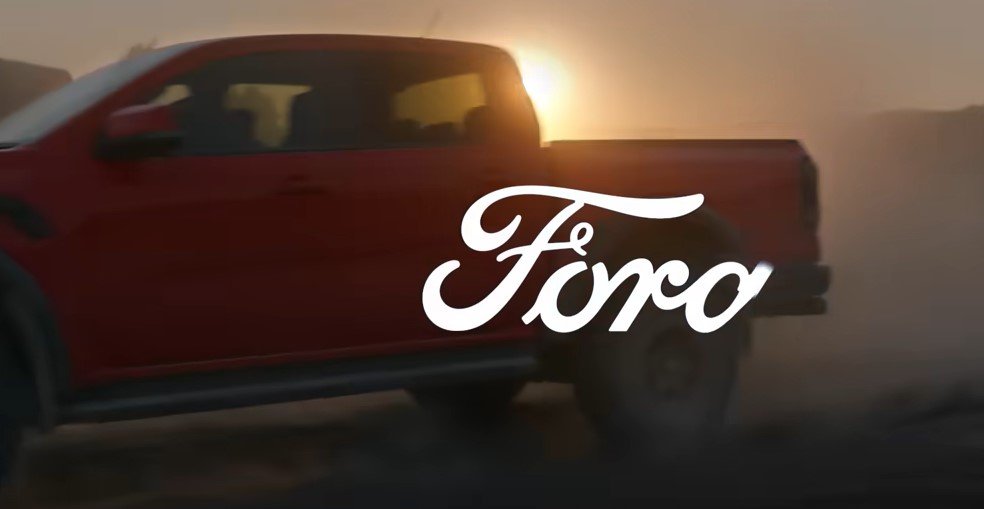
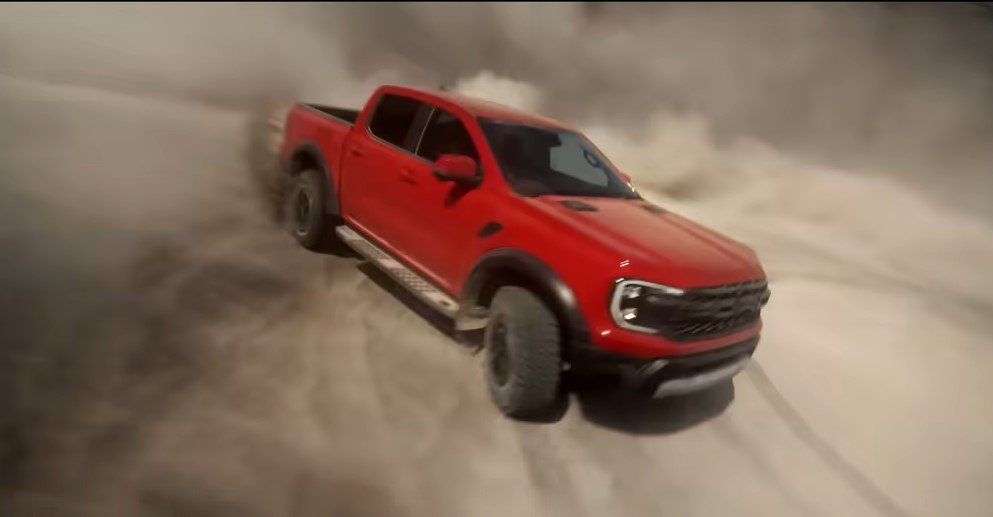
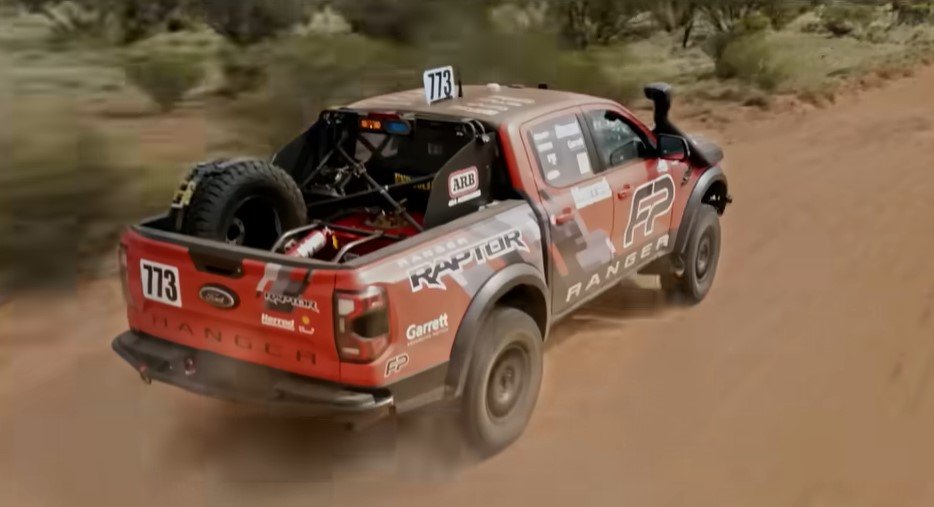
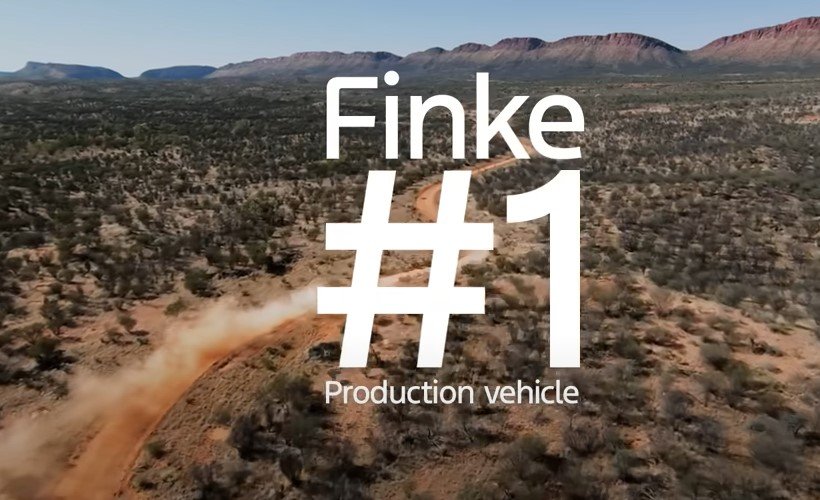
But Forester gets this to some generic synth lounge music you would hear in a hotel lobby elevator:
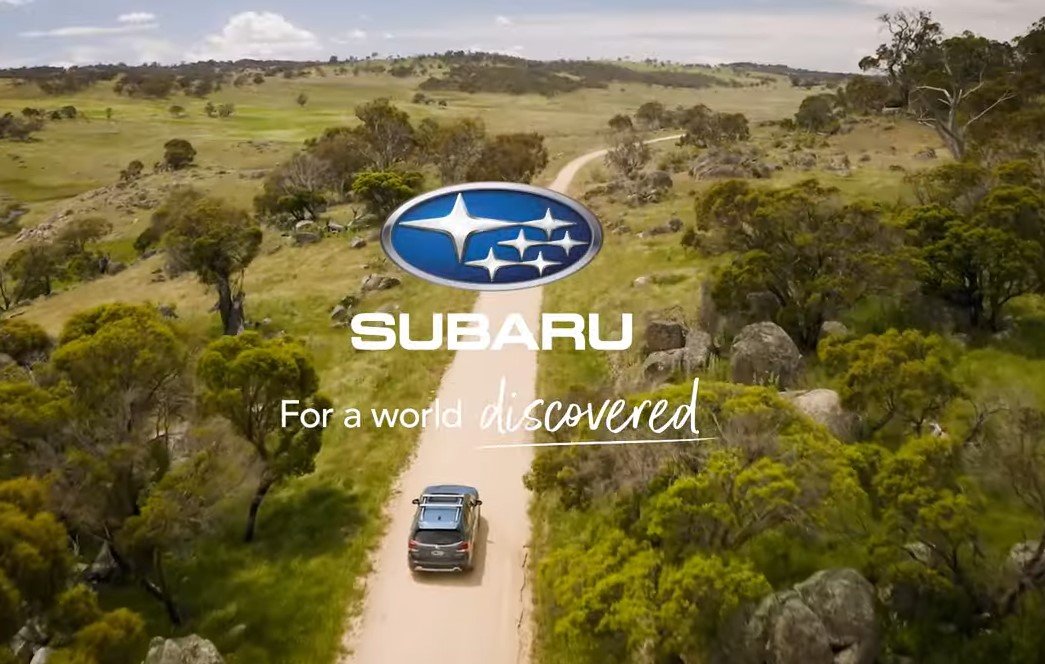


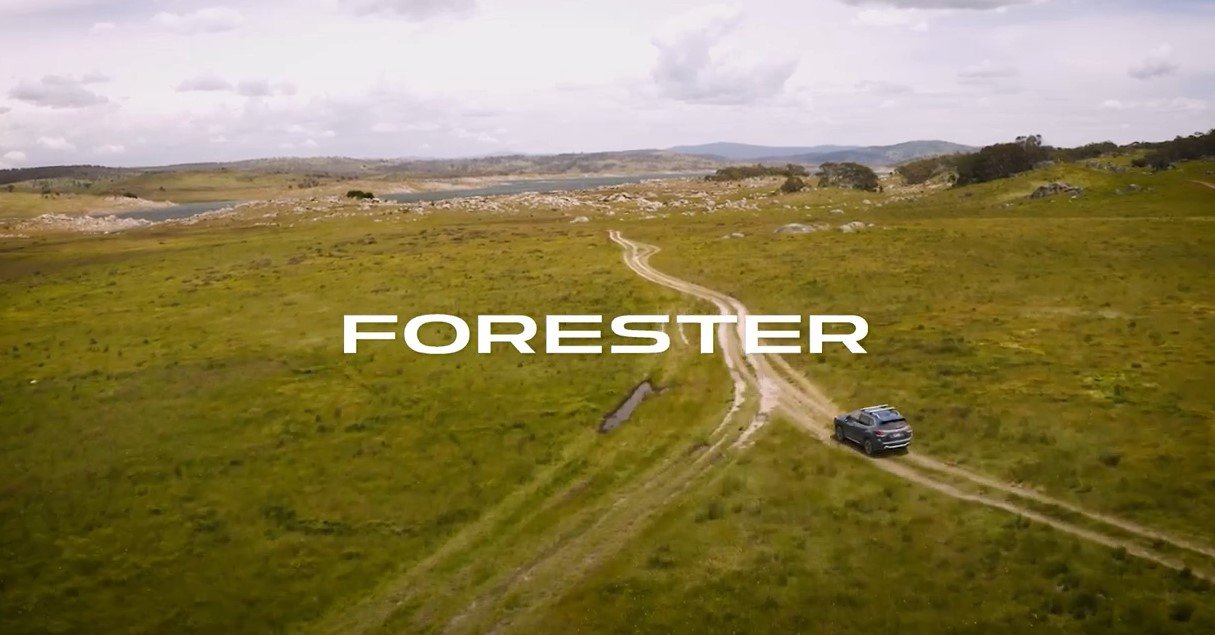
Could Subaru be any less interested in its own product?
Conclusion
Forester is the best-selling model for Subaru and it’s easy to see why.
A new Forester has a decent warranty, an over-simplified choice in the powertrain, and it’s proven quite reliable. Definitely, it’s on the preferred five-seat SUV list for good reason.
Combine X-Mode, symmetrical all-wheel drive, Subaru’s even better EyeSight system, iterative refinements to CVT integration and a model range even a politician could understand and Forester is all but a forgone conclusion.
If you and your kin are actually the mob who regularly escape the concrete jungle, or you live in rural or regional ‘Straya, then consider buying an SUV which comes standard with a loaded arsenal, not packed full of compromises.
But it’s not the only player in town anymore. Plenty of medium SUVs offer all-wheel drive, and they all have roughly the same equipment and luggage space on par with the Forester, give or take.
When the new version arrives in, presumably 2025, let’s hope Subaru Australia gives it the turbocharged Boxer 2.4 engine from Outback XT and WRX, and actually puts some effort into telling people why the Forester still matters.
Otherwise, consumers are going to have their attention caught by other options from Mazda, Hyundai, Kia or Mitsubishi.

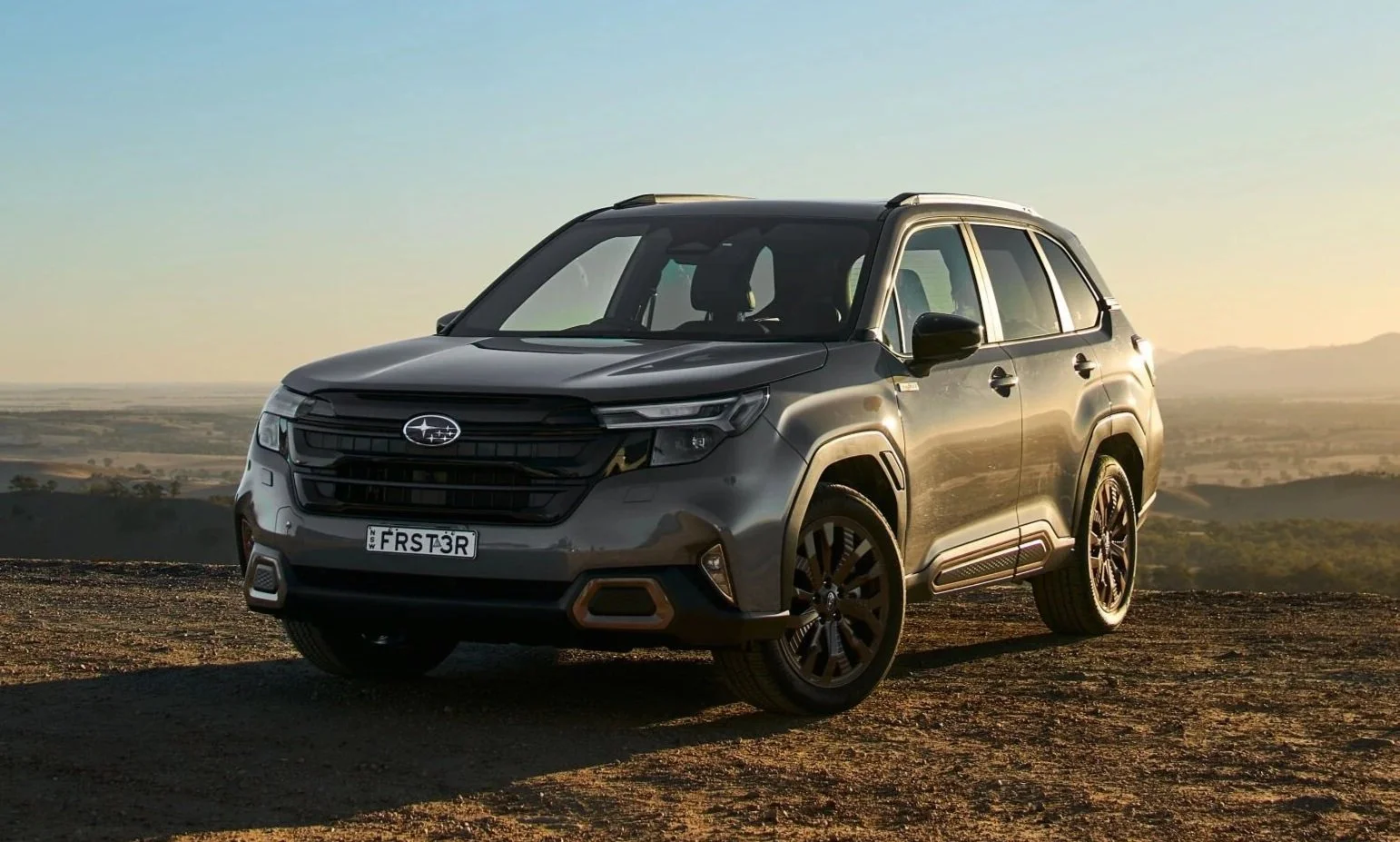
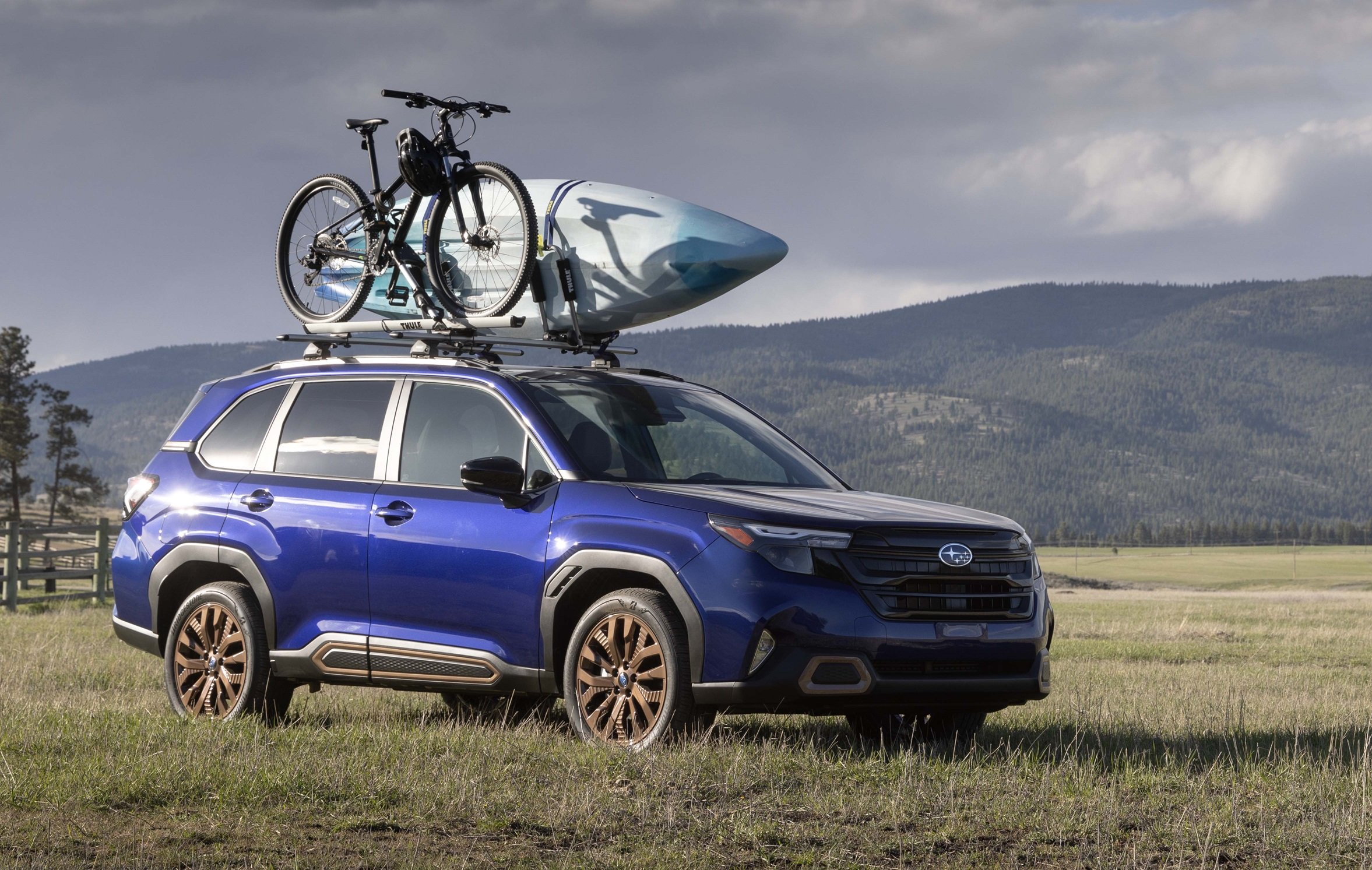

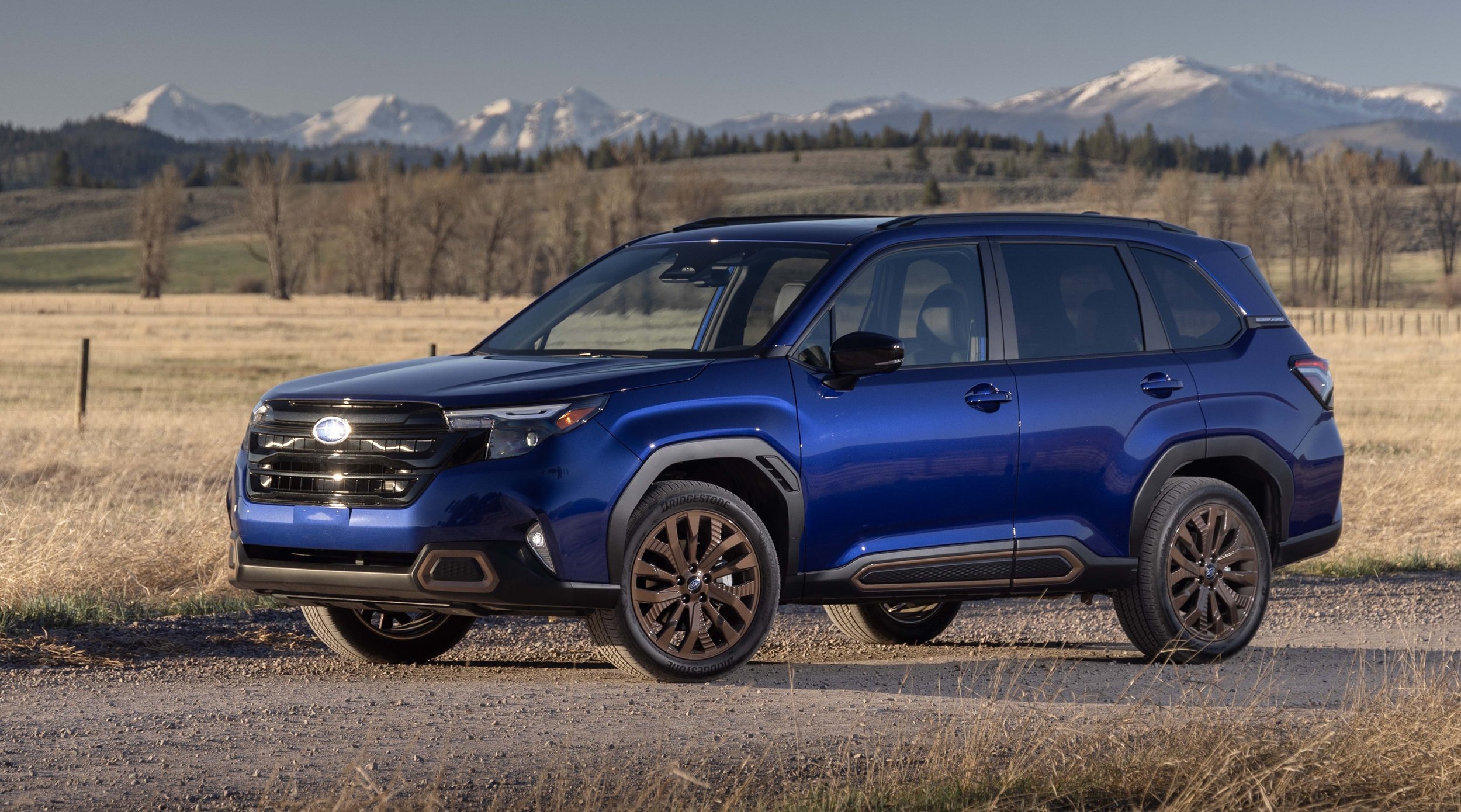
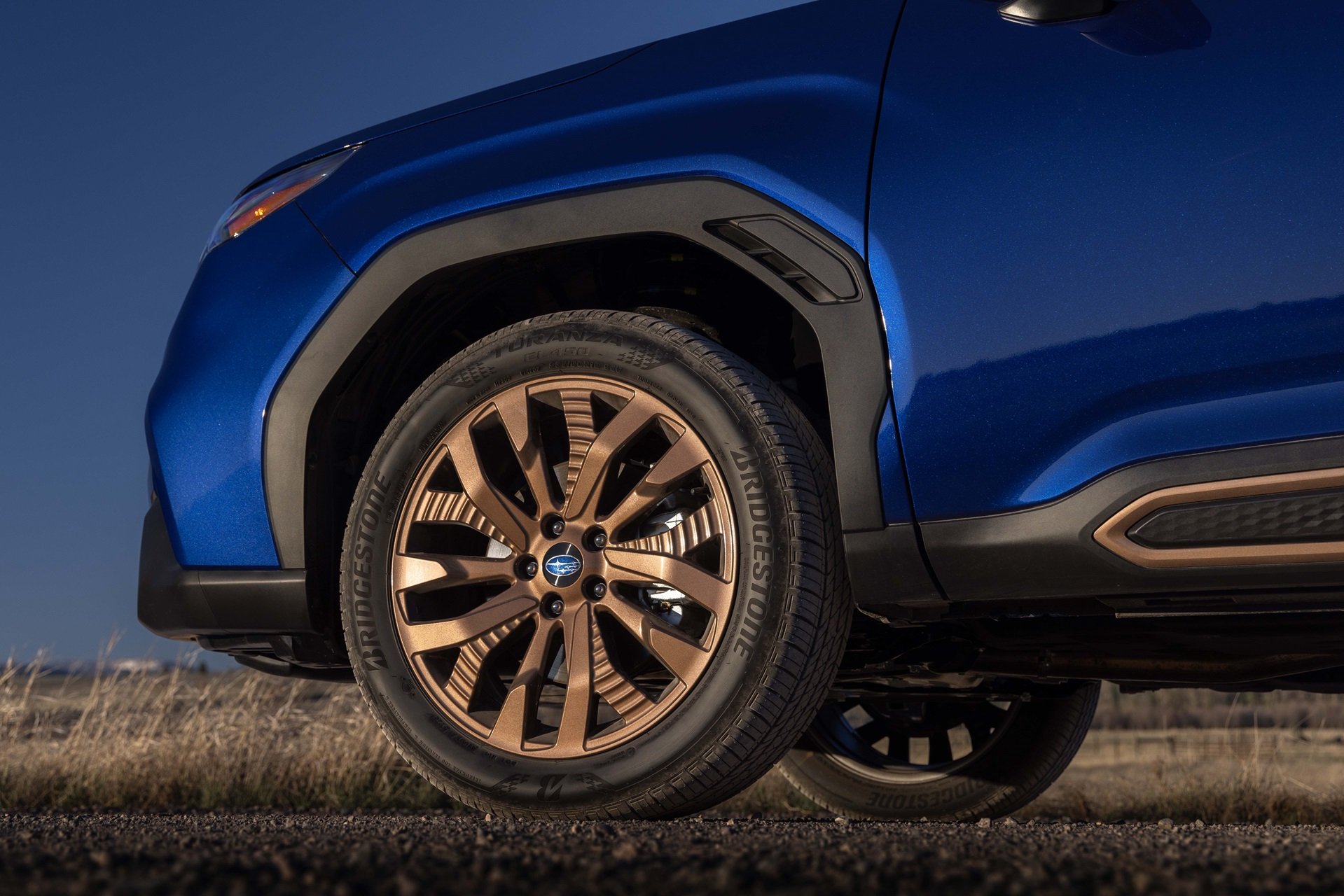

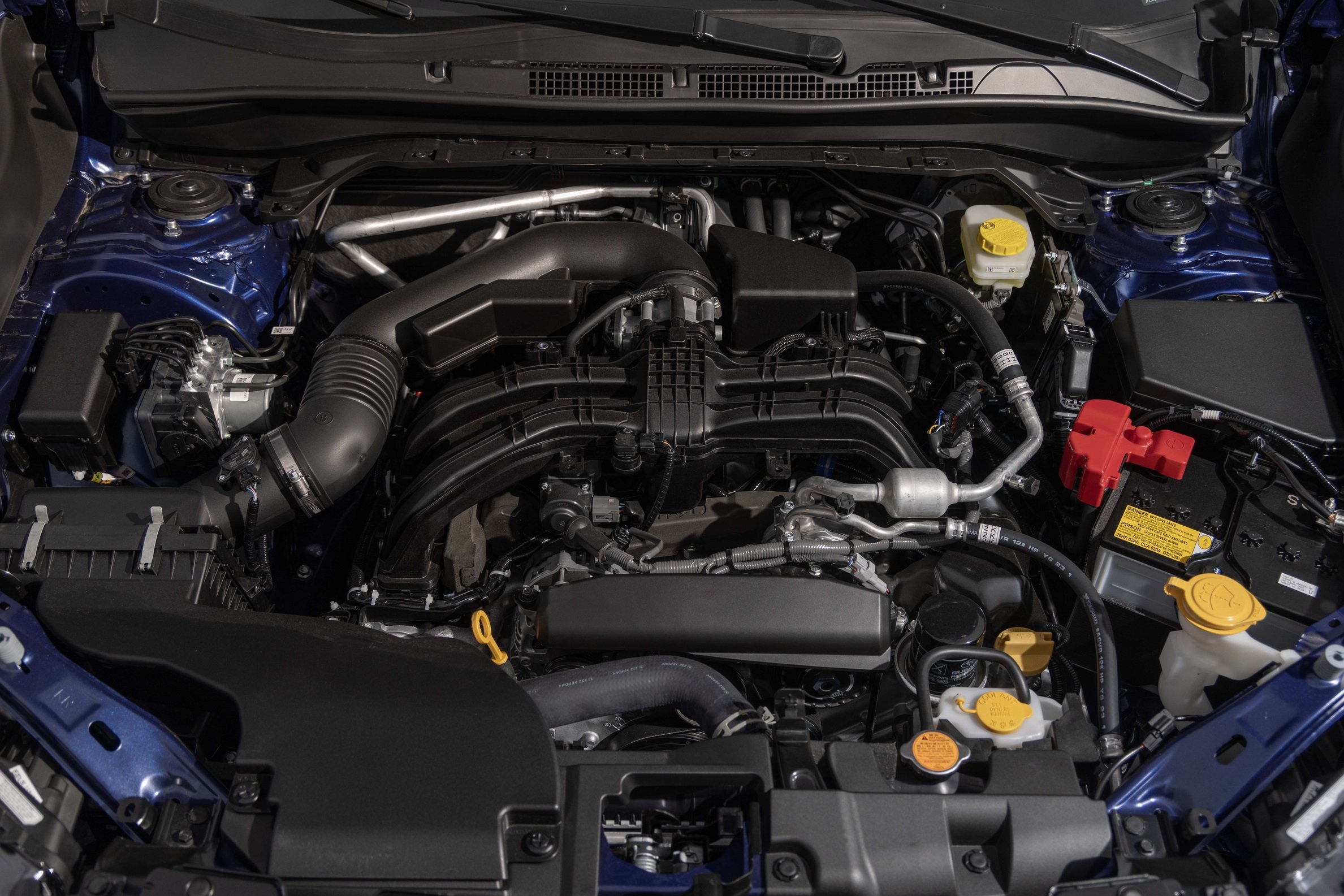
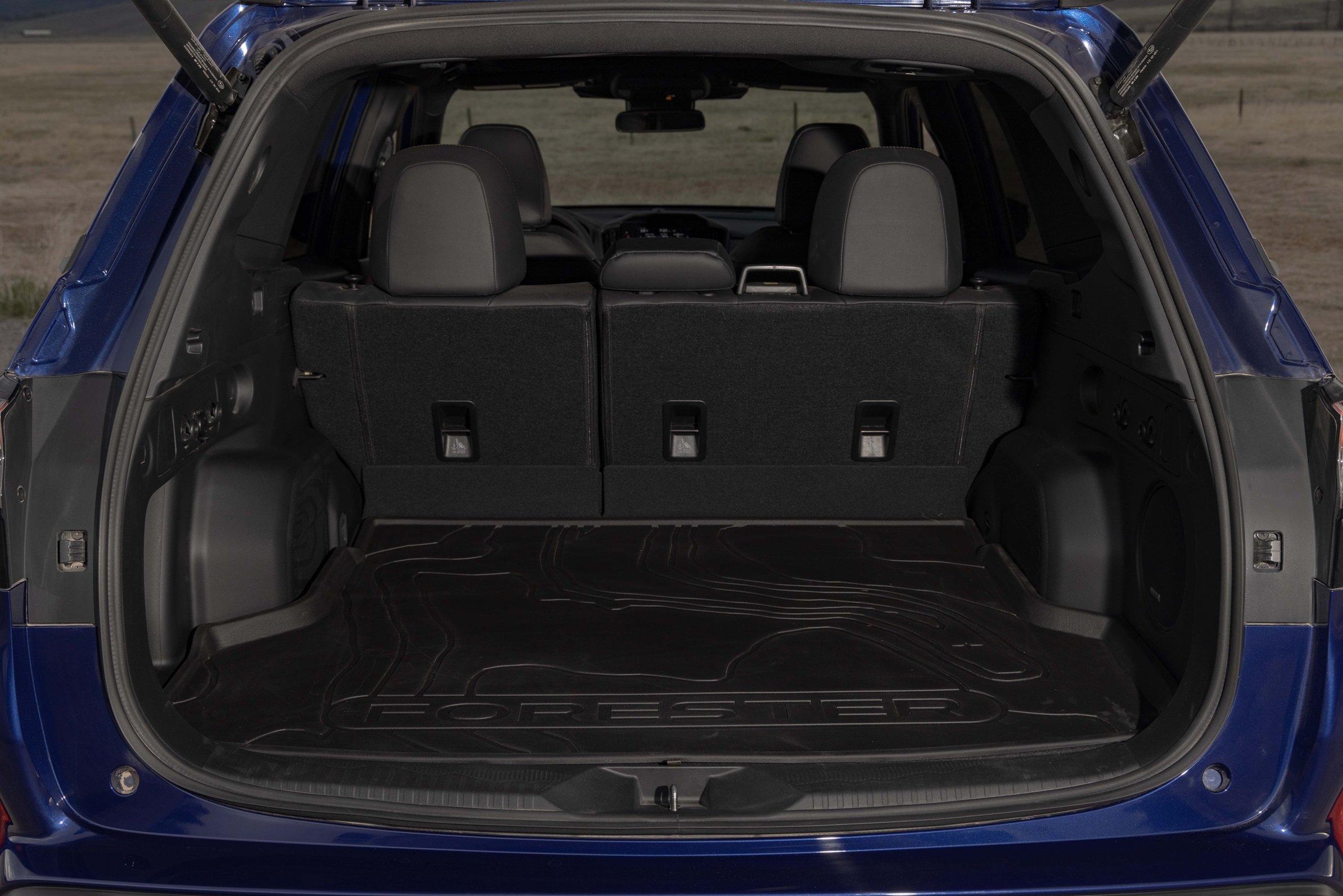
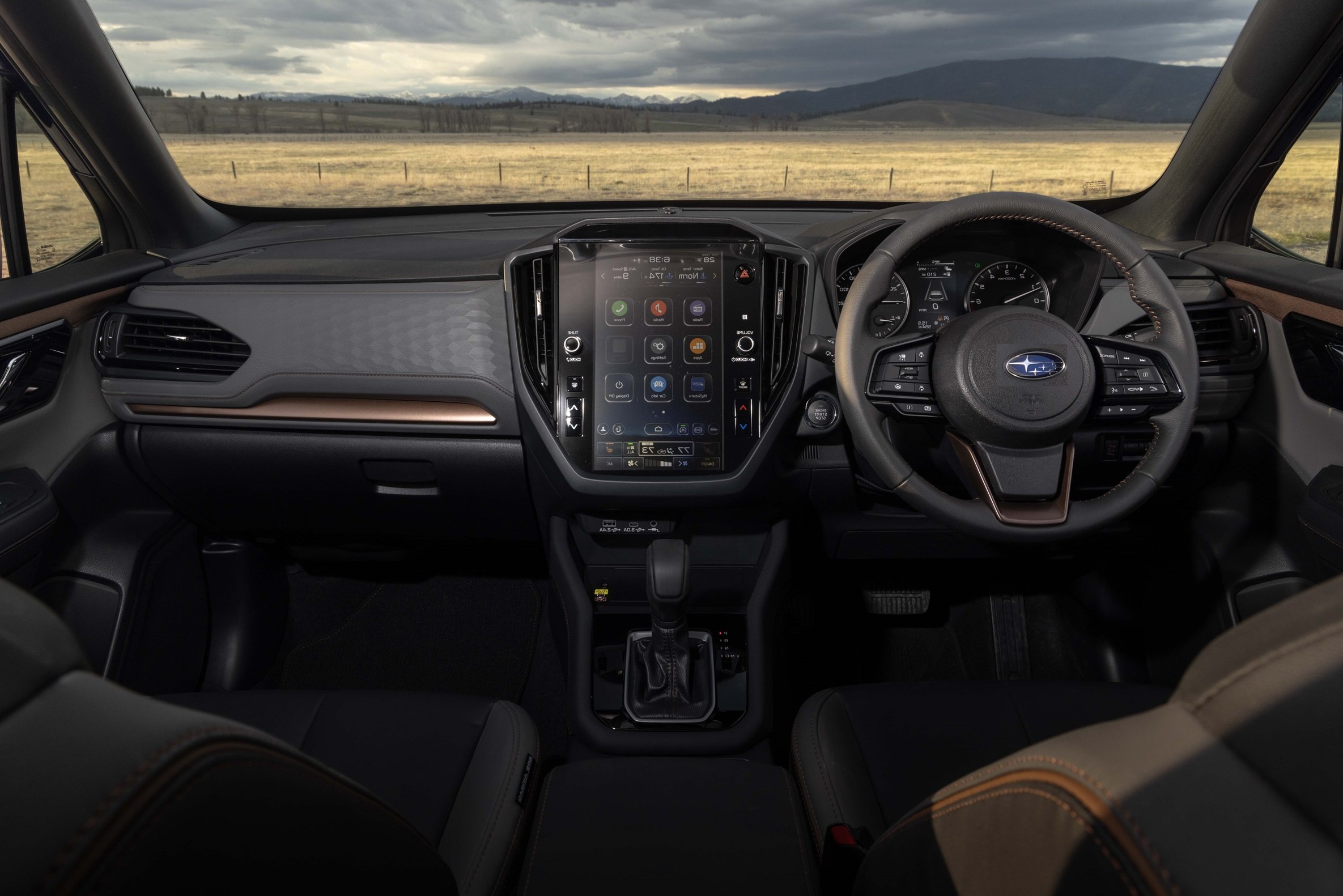
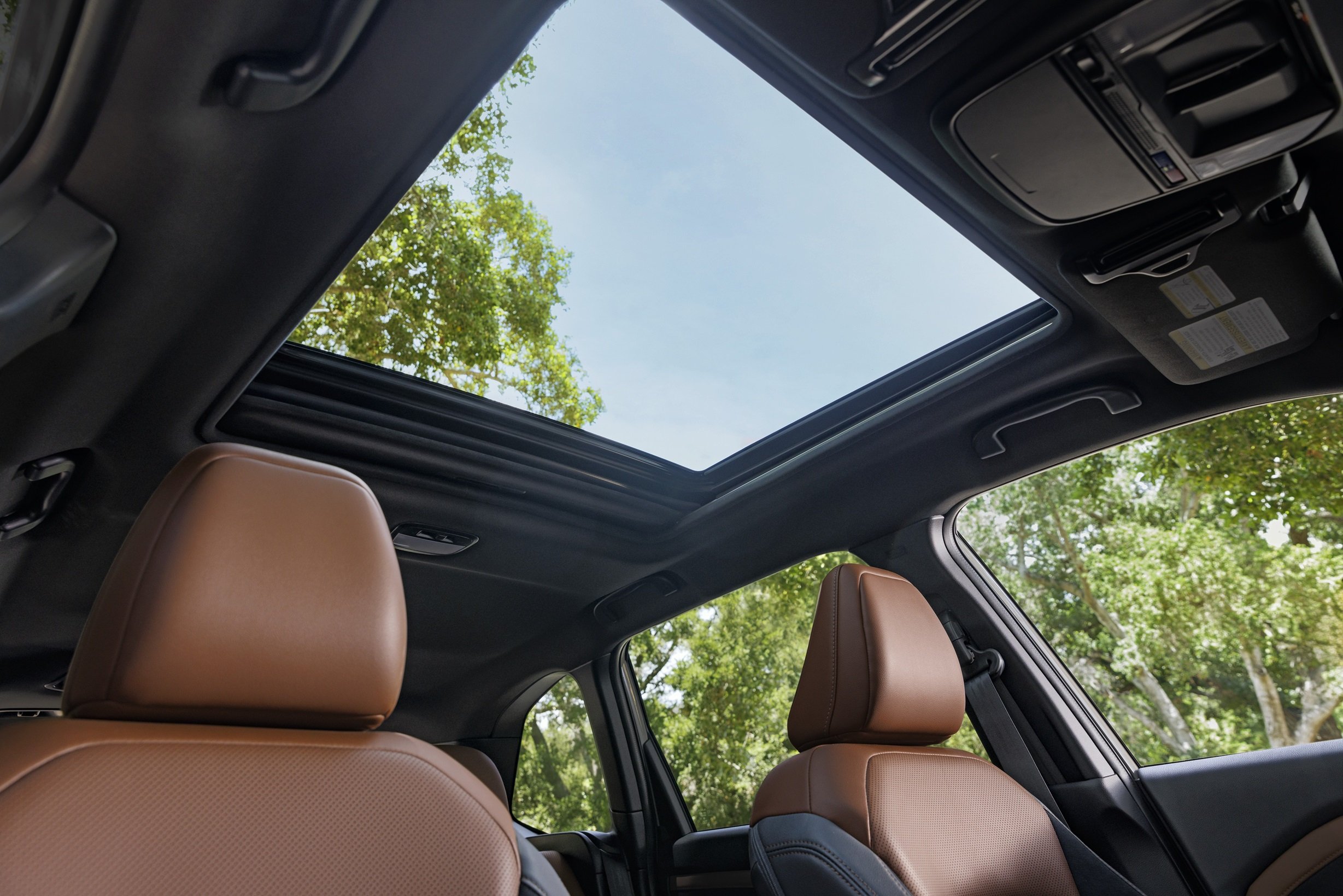
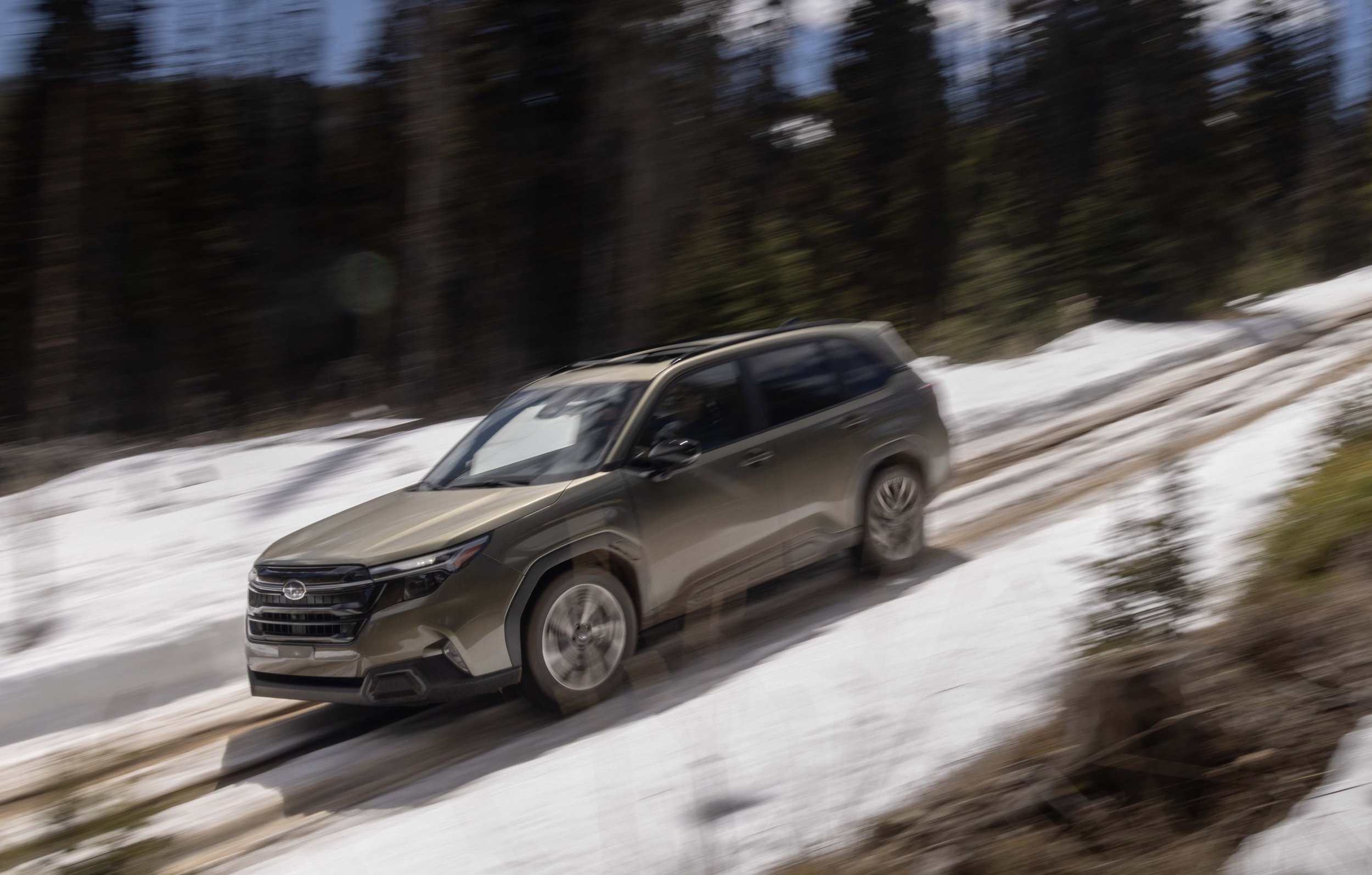
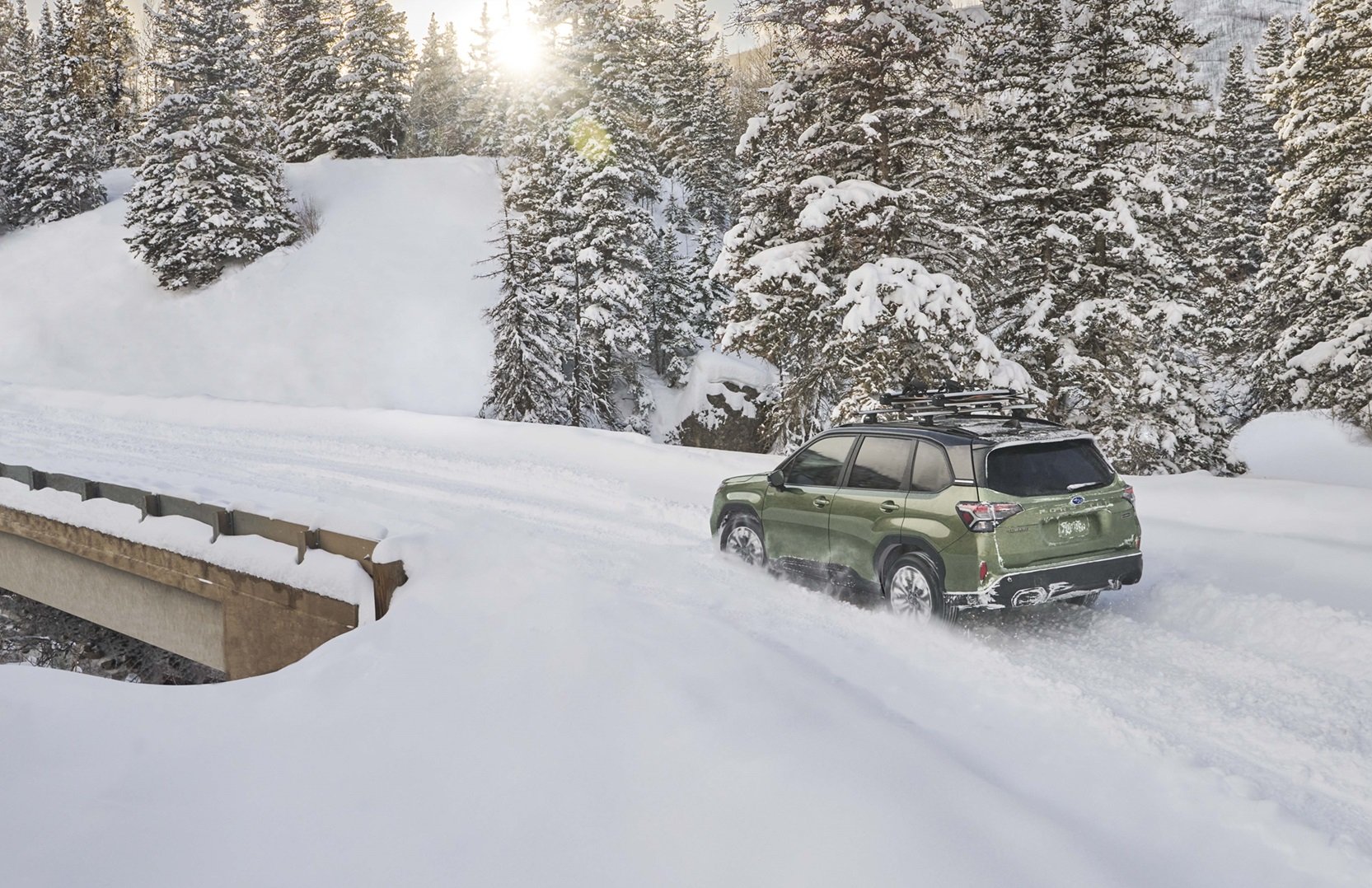

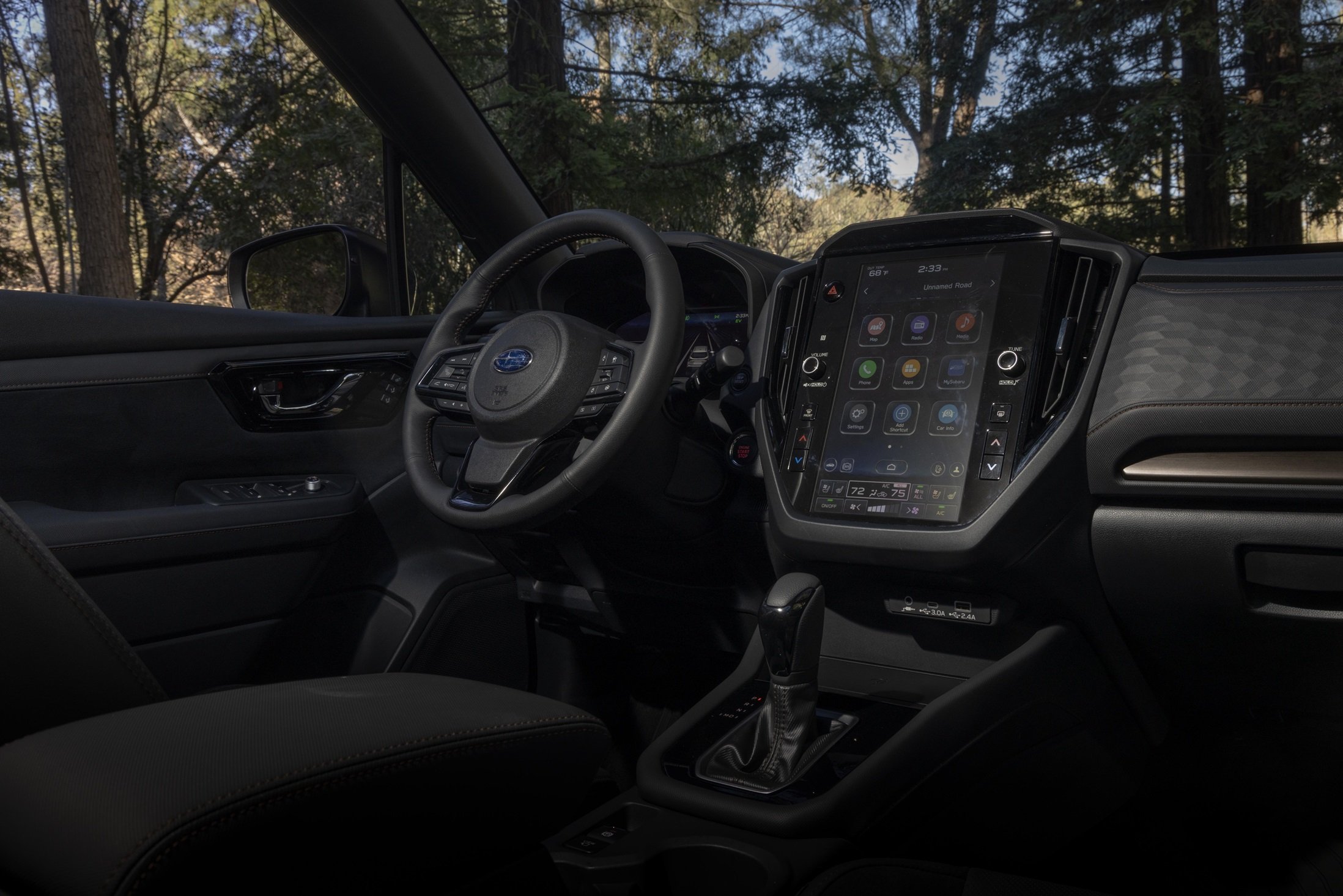
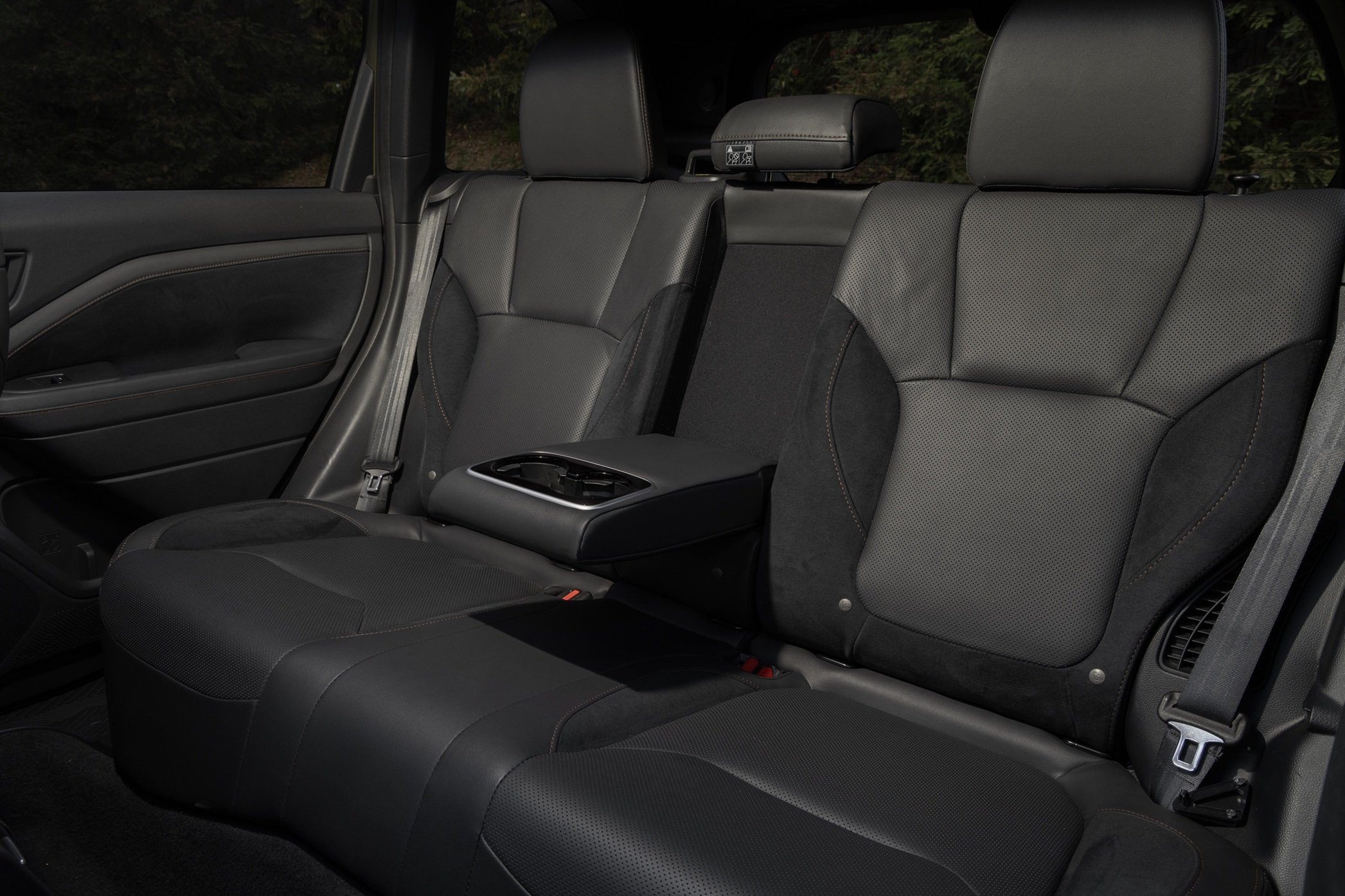
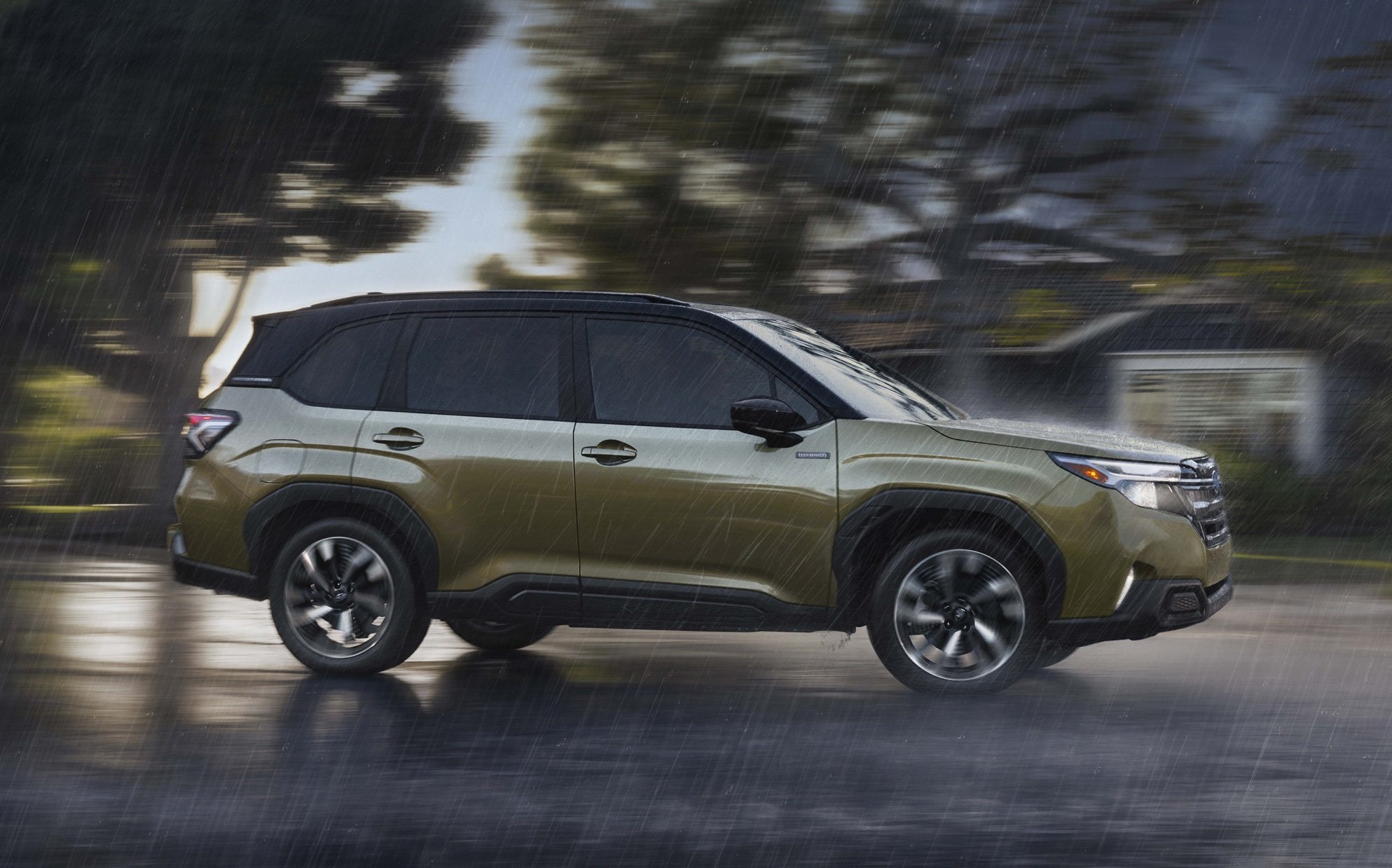


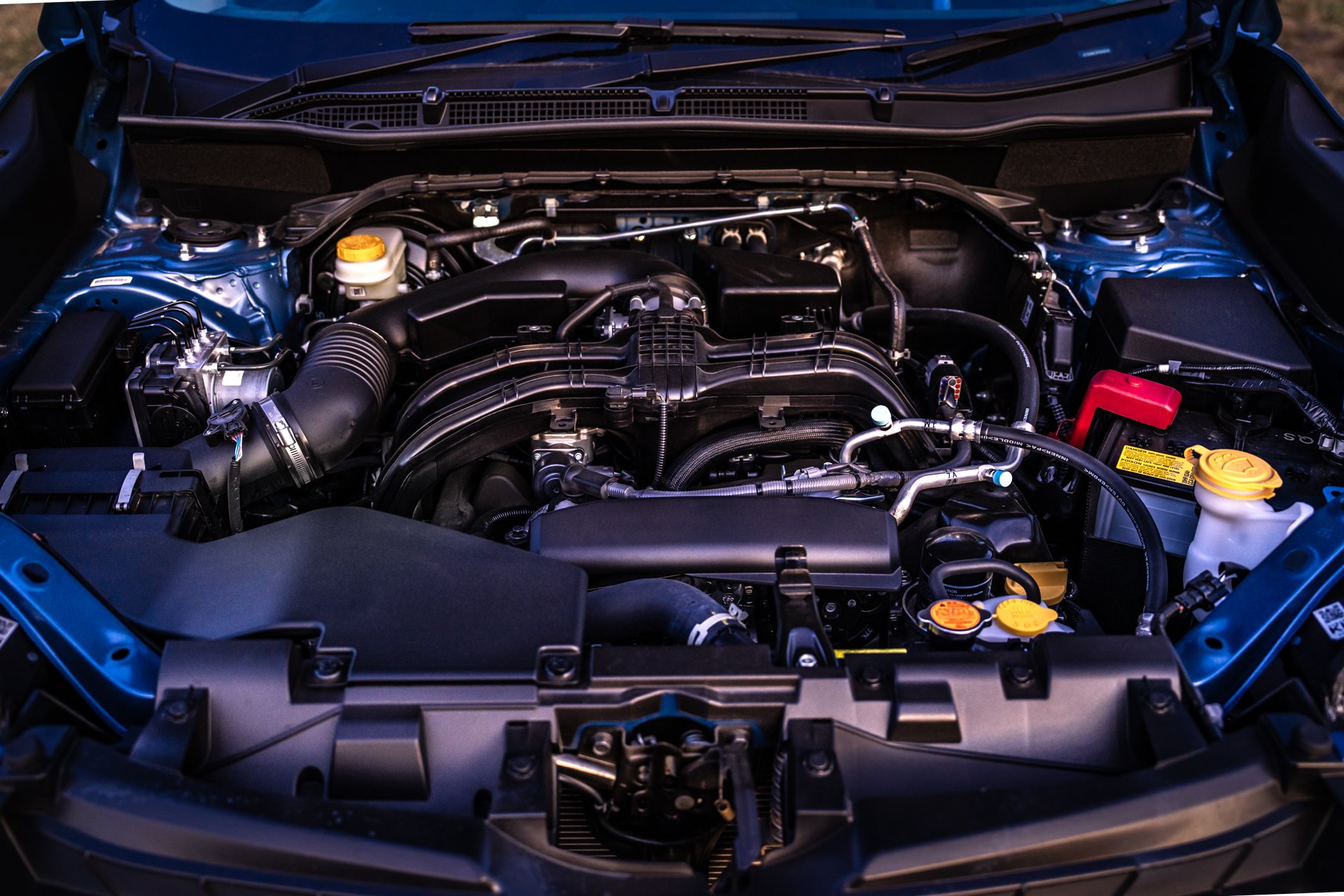
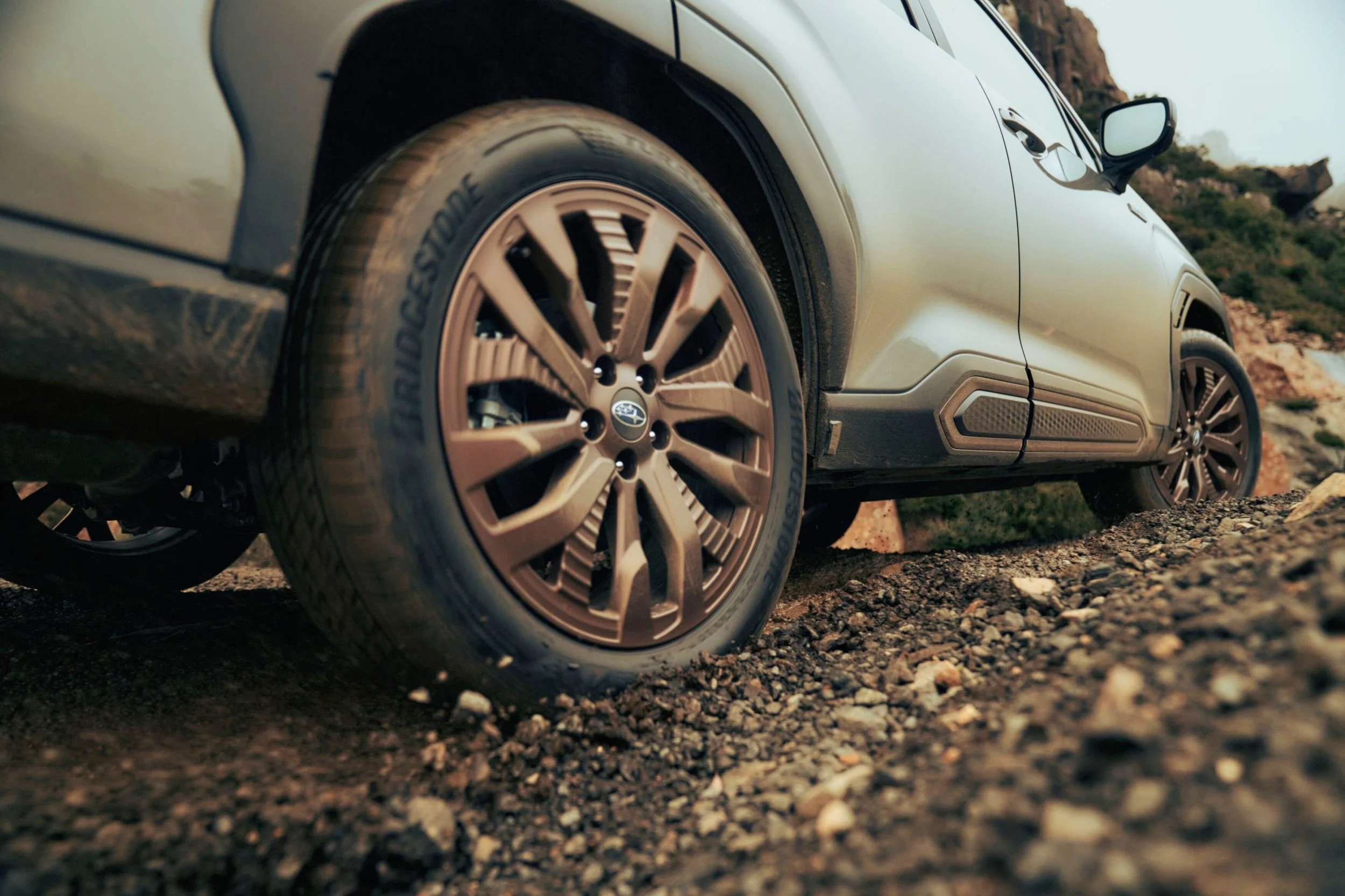



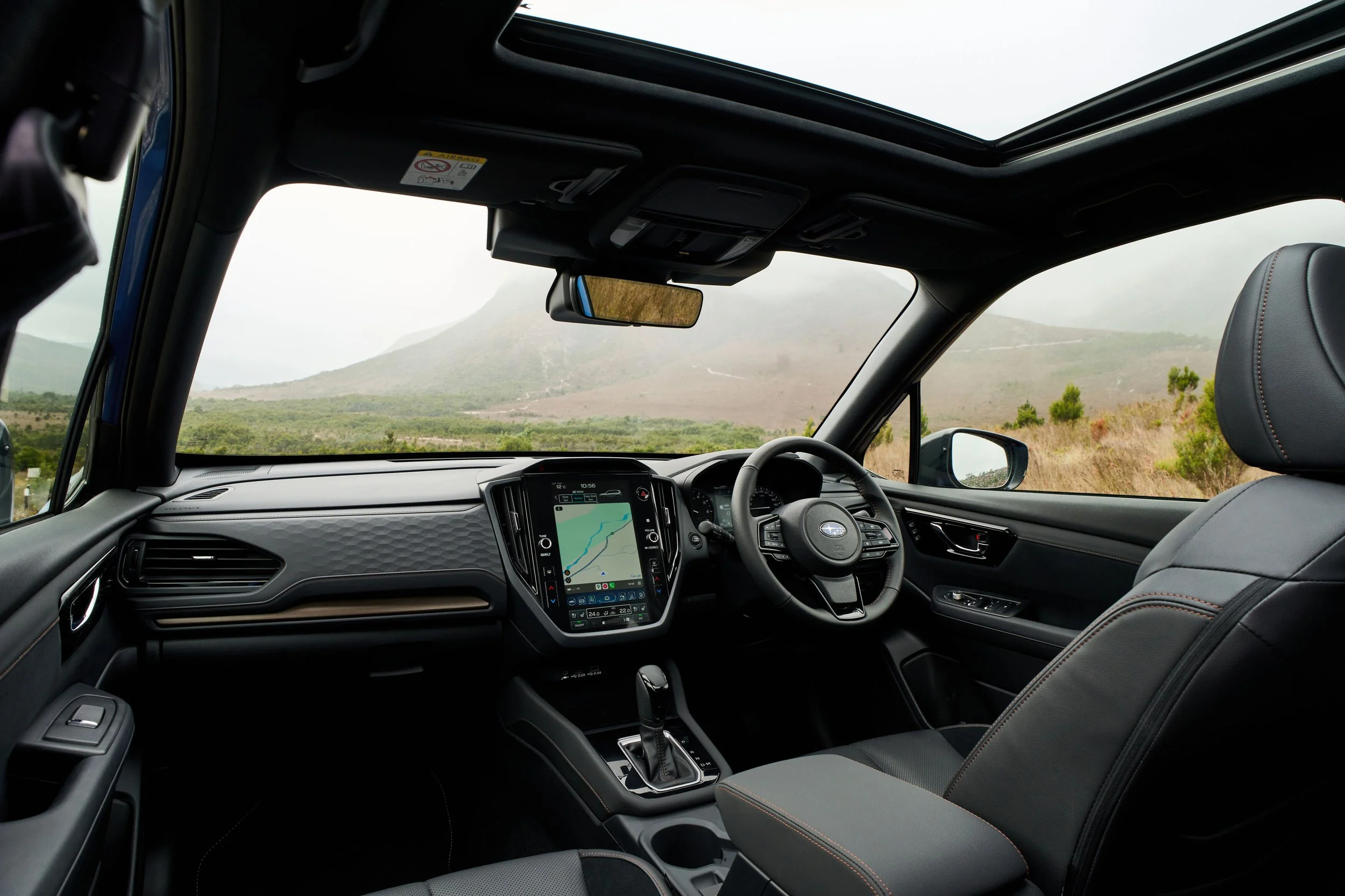




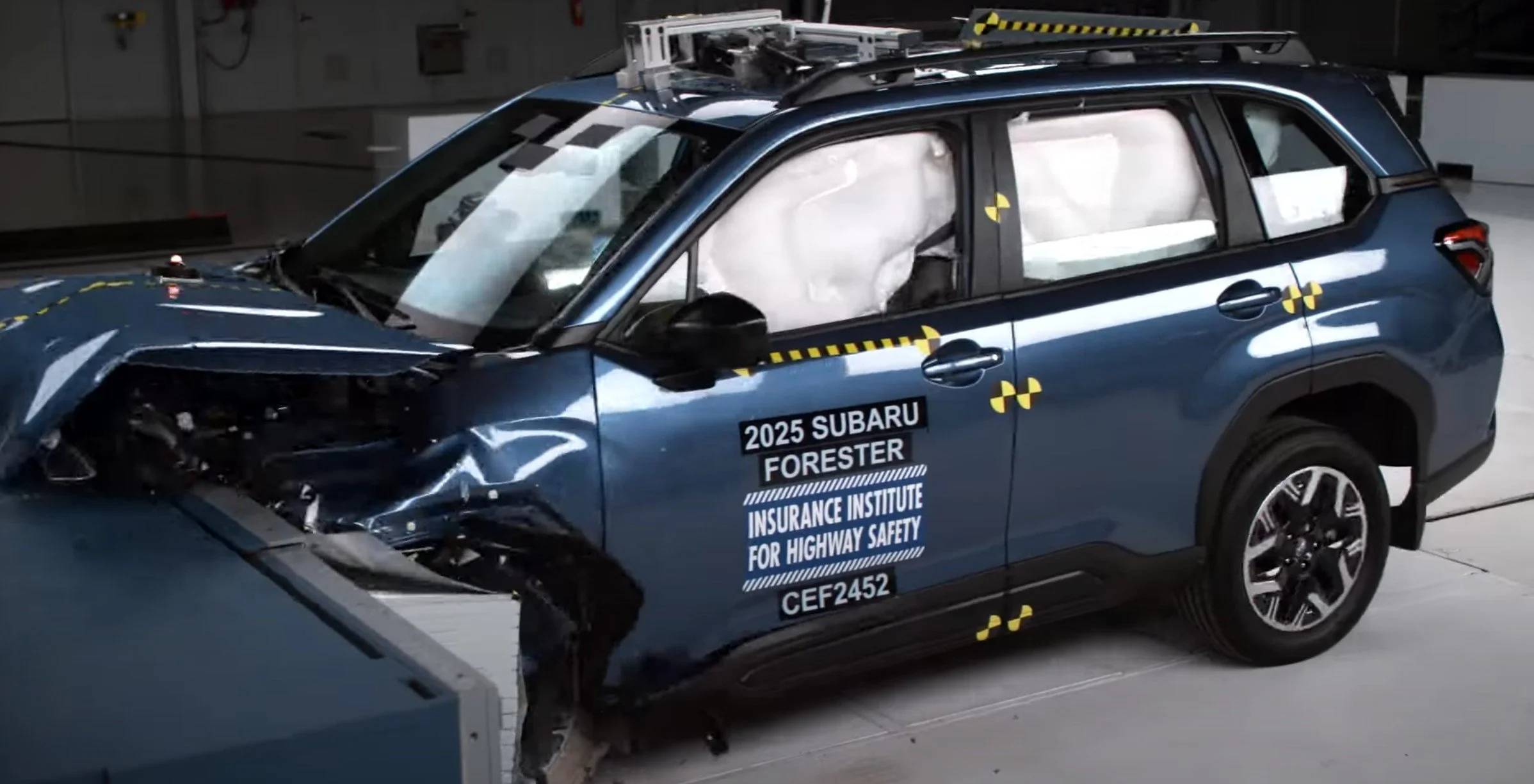





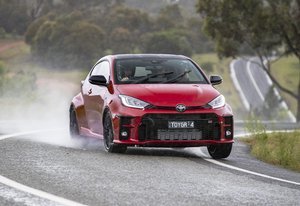
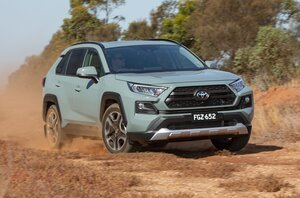

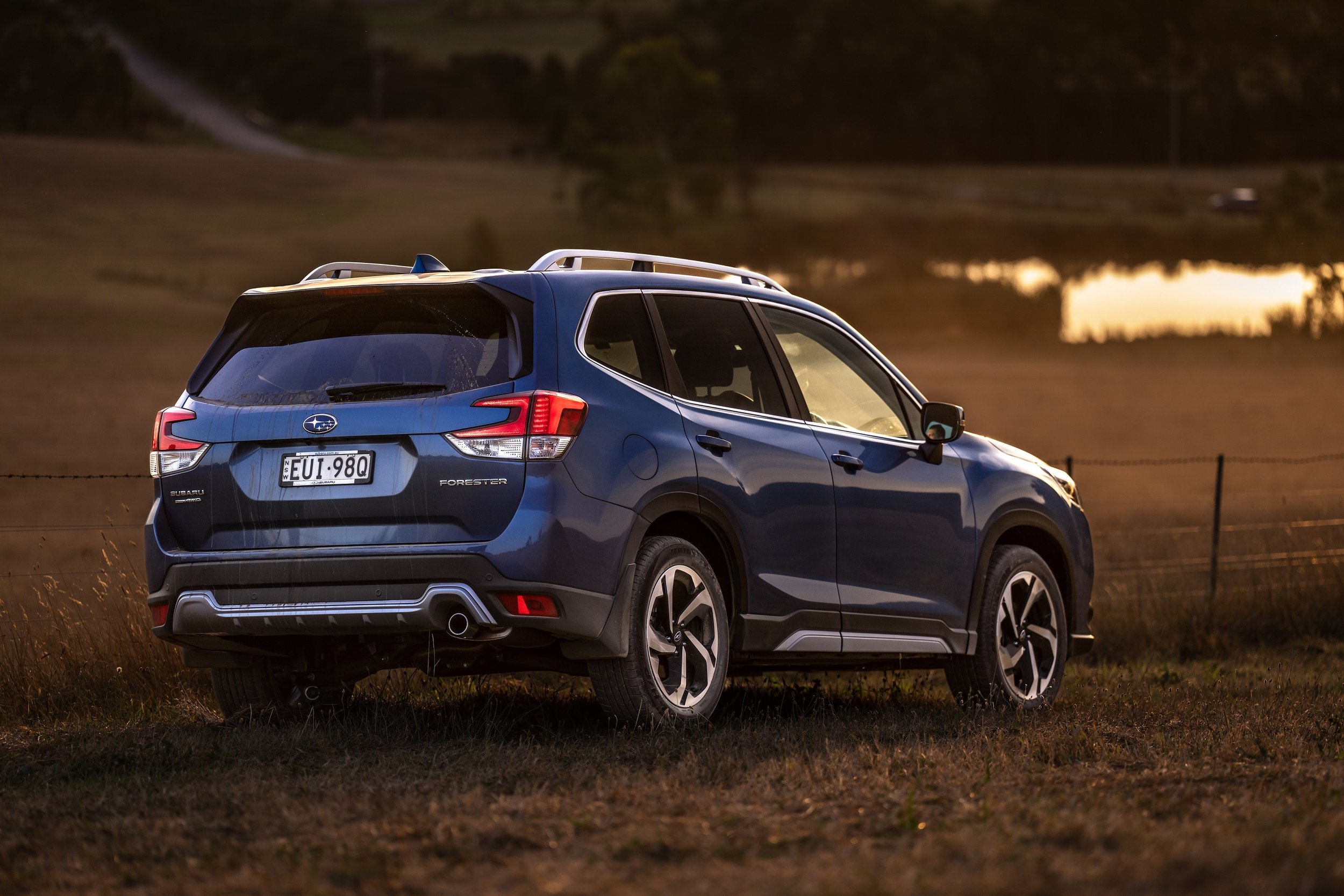




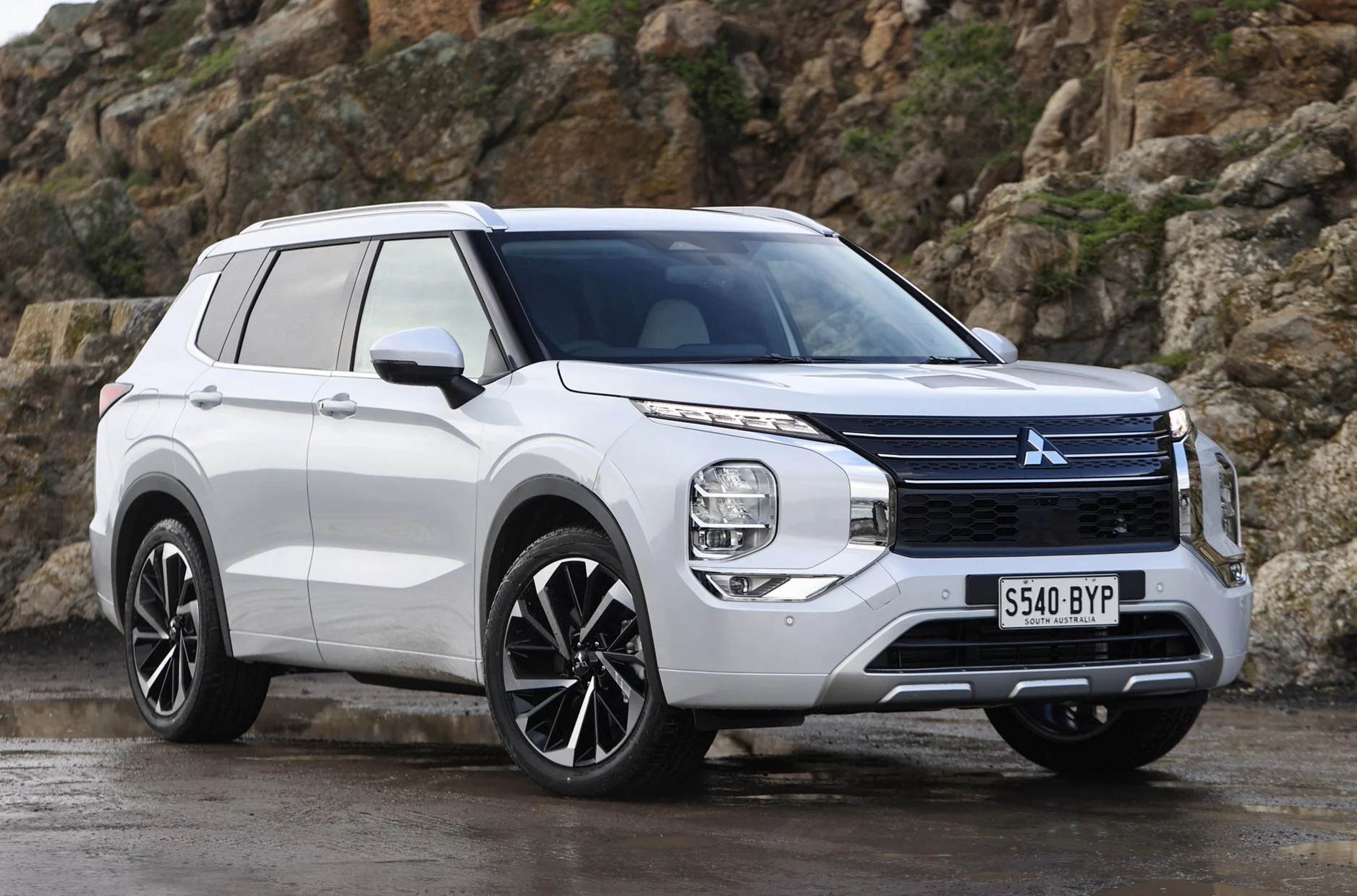
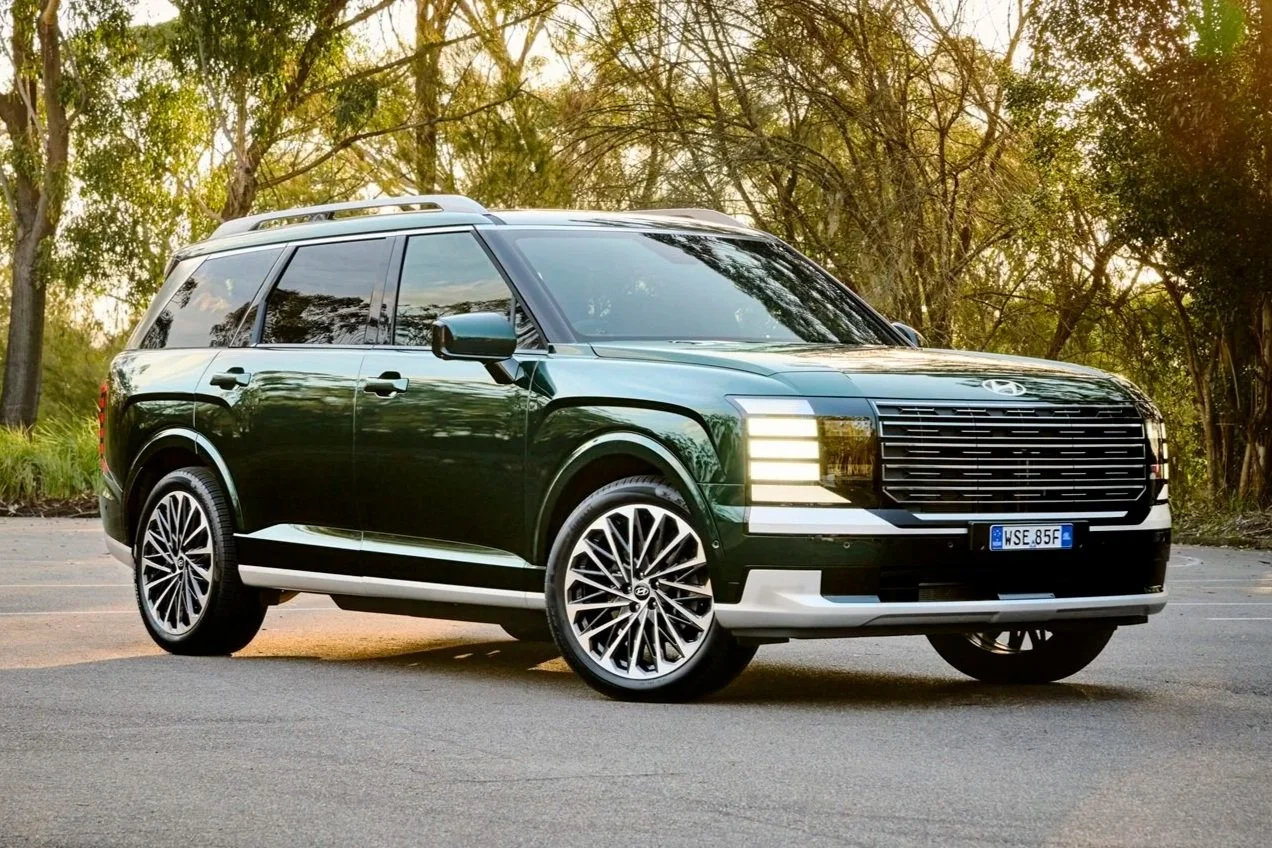





Toyota has raised the Corolla and called it a small SUV, one that offers reliability, practicality and even performance atop the range. Let’s see if there are any redeeming features that can justify the $50K price?